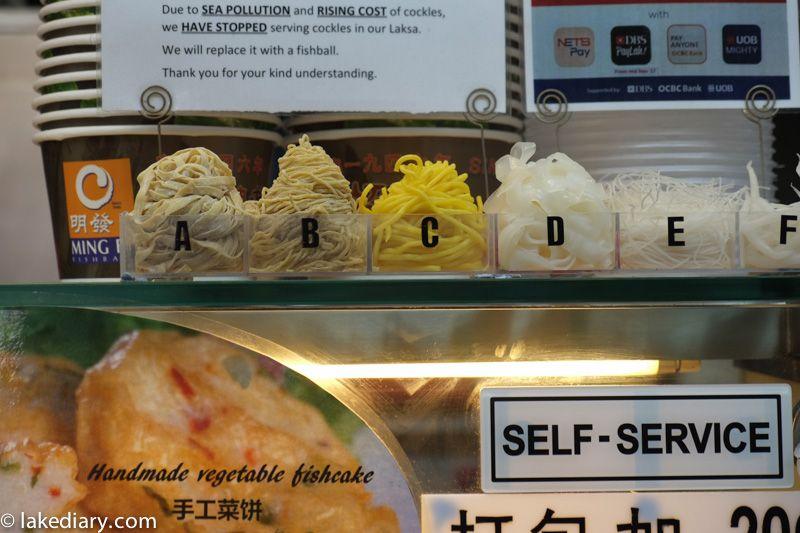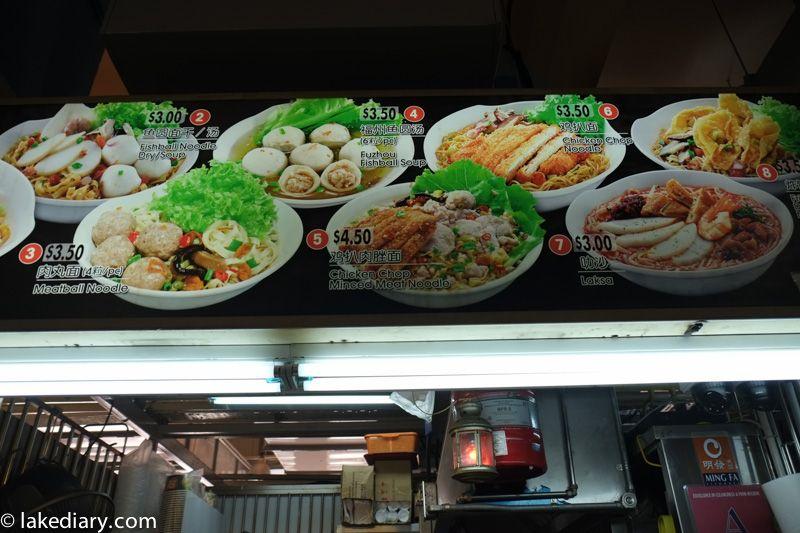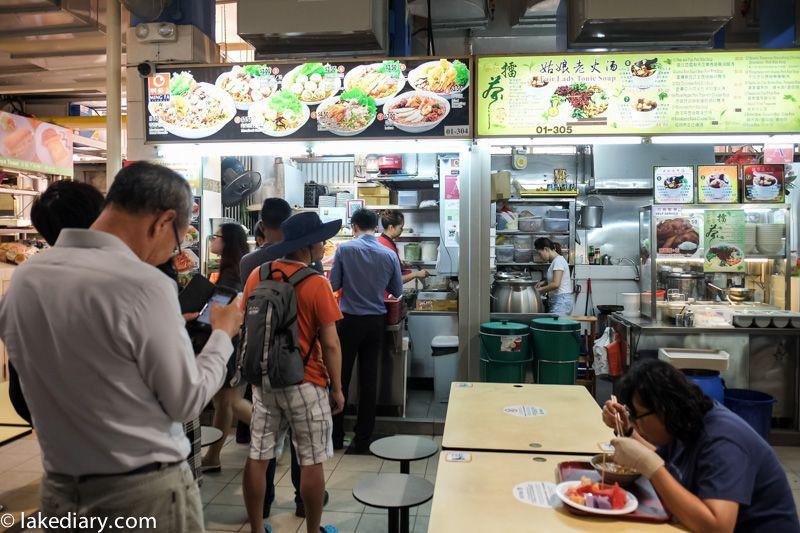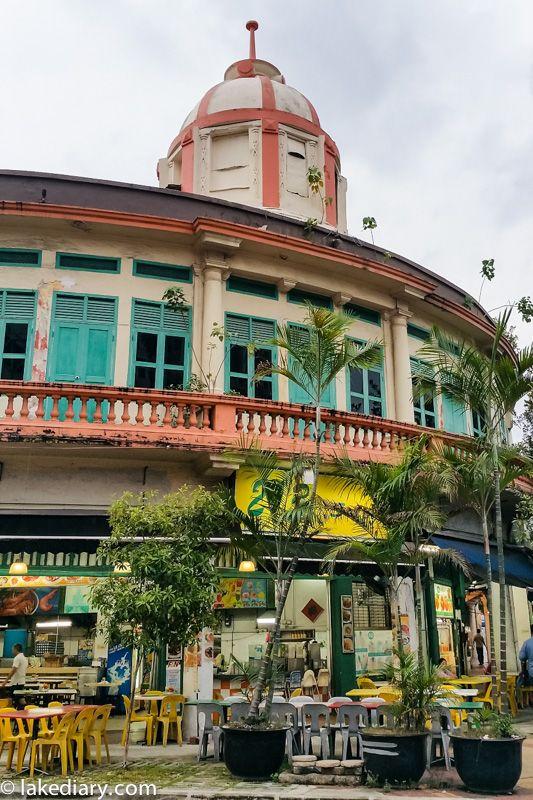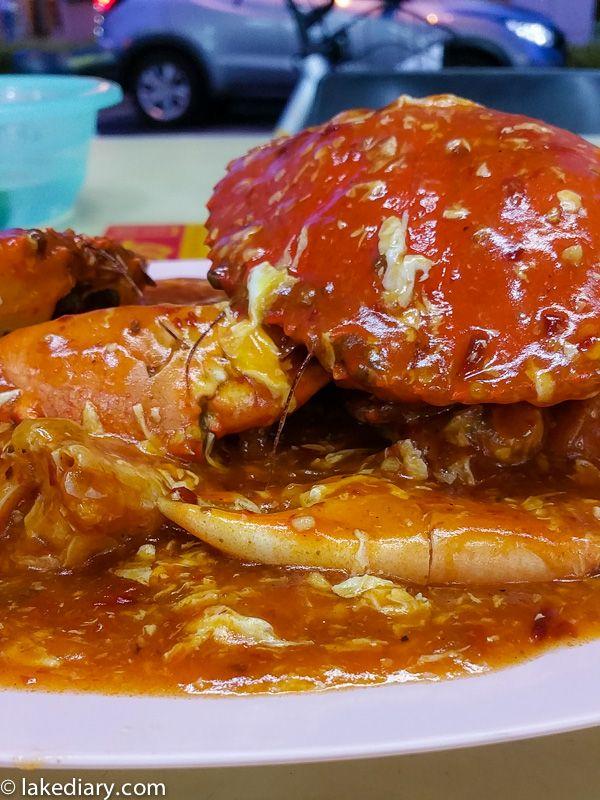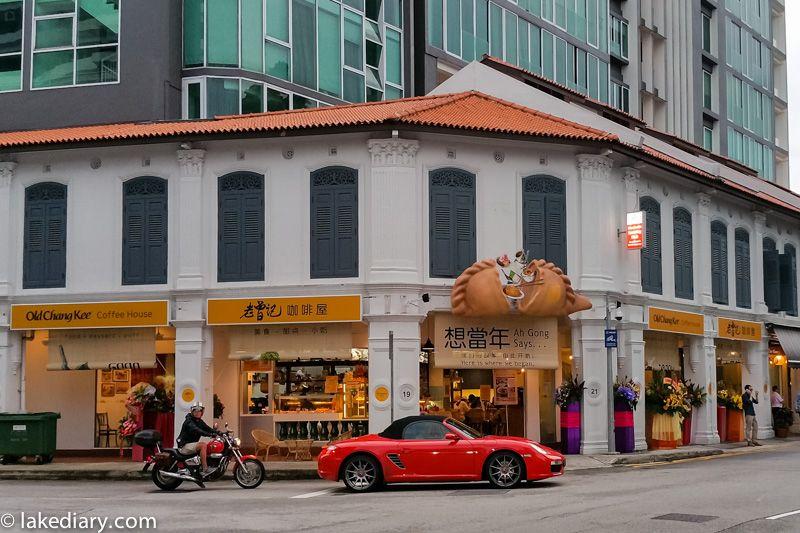I nearly didn’t make it to see Petra Monastery on top of the mountains. Temperature in Elate Israel on the day I left was 43 degrees and the climb to Petra Monastery requires at least 6 hours to and from the main entrance of Petra tourist centre. It certainly wasn’t an easy walk in the park but I’m so glad I did it. It only took me a little over 3 hours from a secret entry on my second day in Petra.
I was with a tour guide the first day in the ancient city of Petra. We took the main road walking from Petra visitors centre,through the Siq all the way to the Byzantine church Petra. Of course the main attraction for the majority of visitors was the Treasury and most of them would stop there.
Weather inside the ancient Petra was surprisingly cooler compared to surrounding cities. I enjoyed the nice breeze and large areas of shades throughout the Siq.
There were a lot donkey owners approaching us to lure me to take a donkey ride but I didn’t really want to as I much preferred enjoying the journey on foot instead of worrying about falling off the donkey all the way. Yes, to see the Monastery is must. What’s the point of coming to a long way to Petra from Australia and not seeing the whole ancient city of Petra? Sure there are more than 800 steps to climb uphills after passing the museum. But when it comes to travel, I’m never lazy.There was enough time to climb all the way up to see the Petra Monastery on the first day but I felt the urge to take it a little slower. So it was decided to do it on the second day so we headed back.
Map Of The Ancient City Of Petra

More donkey owners came to persuade tourists to take a donkey ride. Some fellow travellers took the donkey ride to be taken back to the entrance but I walked back to the visitors’s centre on my own. Next time I met these travellers, they all complained that those bedouins were “lying” to them. They felt cheated because donkey owners dropped them off at the Treasury, not the entrance to the Siq as promised.
The Secret Entrance To The Ancient City Of Petra
I was planning to get up early and climb Monastery on the second day but didn’t want like pushing too hard waking up the next day. “If I can’t make it, so be it. Most people don’t make it any way.” I thought. “No big deal. You deserve a rest.” So I had a warm bath and long buffet breakfast instead. It was 10:30am, looked like there was no time for me to do the Petra Monastery climb any more as I had to meet the tour guide at 2:30pm to go somewhere else. To go to Petra Monastery from visitors centre requires at least 6 hours. As I was walking back to my room, the hotel driver came up to me.
“You wanted to go to the Monastery right?”
“Yes, but it’s too late now. I might just go to the Treasury again then go to the market in Petra.”
“You can still go. There’s a quicker way. I can take you to the entrance that most tourists don’t know about.”
“Really?”
“Yes, it’ll take about 3 hours. I’ll pick you up from the entrance once back to the hotel once you finish. But you have to walk hard.”
So I rushed back to my room, quickly packed some water and snack and of I went. Fearing the driver won’t come to pick up in the end, I paid half of the $50 he charged and agreed to pay the remaining once I’m back to the hotel.
Looking out from the car window, we were in the only car on the road. The scenery was breathtaking – mountains, caves and desert, though it was becoming normal to me. 🙂

Drive to the “Secret” Entrance to climb Petra Monastery
Arriving At The Secret Entrance
After about 10 minutes drive, we arrived the “secret” entrance. There wasn’t anyone else there apart from a tiny office with lonely guard who checked my ticket to enter the ancient city of Petra. The driver promised to come back to pick me at 2pm. I started to get a little nervous as it’d be alone from there onwards. There was a good 20 minutes walk all the way down the valley to the basin area where the foot path to Petra Mona started. What if I get lost? It didn’t look like there was anyone to ask directions. As you can see, it was a long empty road.

Will I make the return trip in 3 hours? I’m not fit. It was 42 degrees that day. It was 11am, which meant I had to climb Petra Monastery the hottest hours during the day. Oh dear.
I didn’t have a sim card to make phone calls in Petra, what if my driver doesn’t come to pick me up at 2pm?What if I missed my tour in the afternoon? It’d mess up the rest itinerary! I still had Egypt to go…
After went through all those doubts in my mind, I pushed head with my backpack. There wasn’t time to waste. Just march on!
A Surreal Journey
There wasn’t anyone, any car, any camel, horse or donkey on the road. Yes, the driver was right, that obviously was the secret entrance that nobody knows! A horrible thought came to my mind, if some came to kill me then, nobody would ever found my body. Then I quickly calmed down. There was no reason to kill me or rob me. I only had little money on me and dressed down as poor tourist. March on!
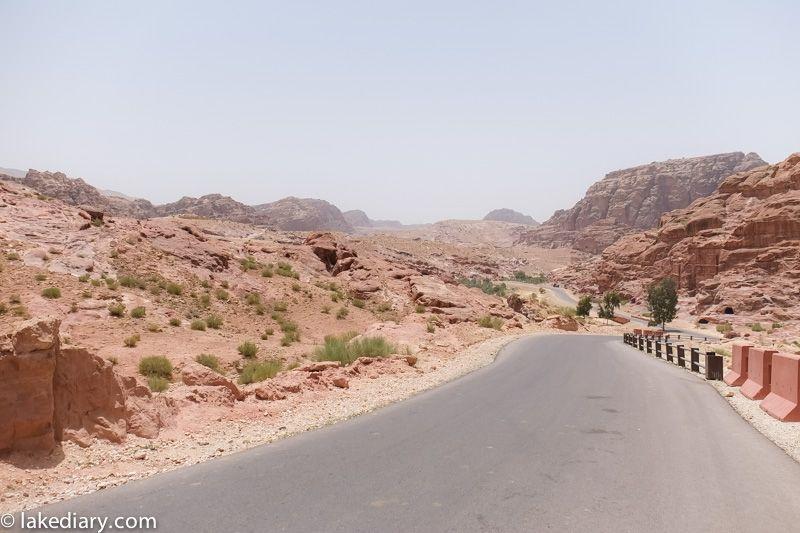
There was only me walking all the way down to Petra Basin yard from the “secret” entrance
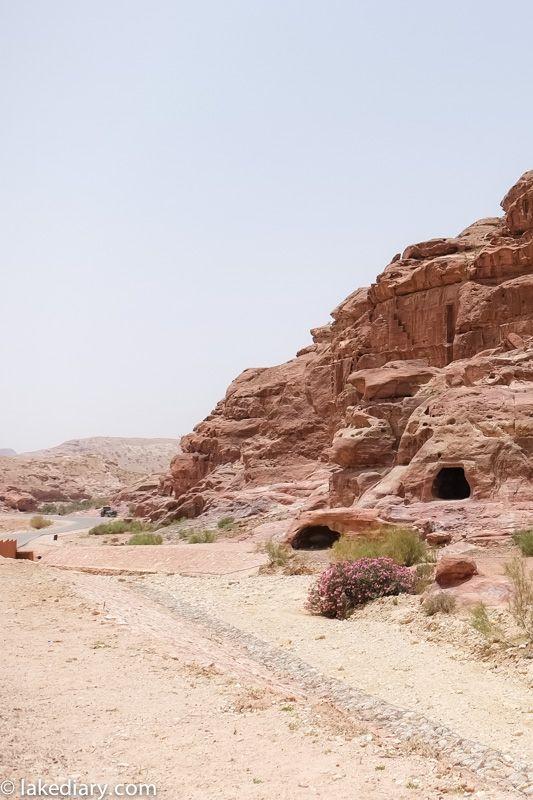
There were more caves and pretty flowers along the way. The road was super clean. No smelly animal poos. That was not a sound to obscure the deep serene. 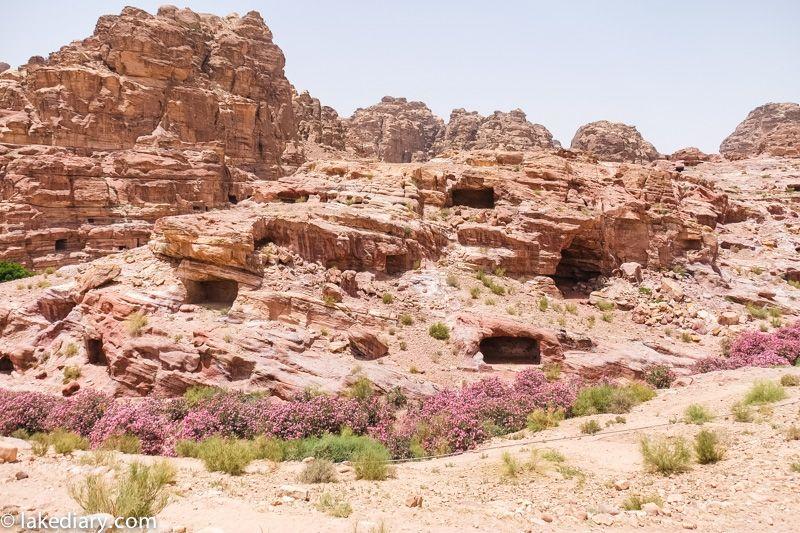
About 10 minutes on the way down, I walked passed another resting area with a gate , where they checked my ticket again. So it wasn’t far from the main traffic. Hurry!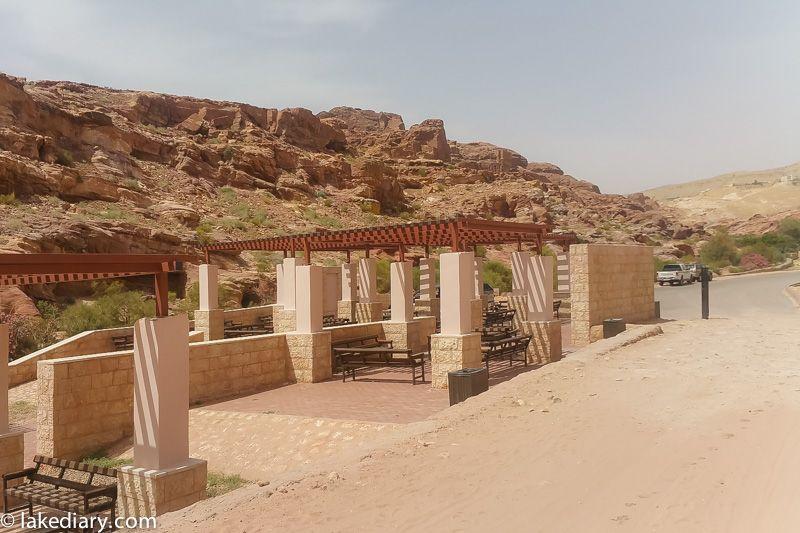
Soon enough I saw the Theatre, the Royal tomb, the colonnaded street. Camels and people!



You have to walk through the Basin yard where the torrents meet and to ascend to the Monastery. It was nice and cool under the shades of the Basin restaurant but I didn’t have time stay for a drink. March on!
Signage to the pathways to Monastery was damaged so it wasn’t clear which way to go. But I got on the right path eventually and started the first steps to the mountain top.

Climbing up the path to Petra Monastery
There was a long climbing to do. The climb itself wasn’t hard. It was just super long. If I wasn’t pushed by time, it’d be easier but I was under pressure. And it was hot. All larger shady areas along the rocks were occupied by bedouin vendors. It seemed unavoidable to purchase something once you enter the shaded areas. I didn’t want to buy overpriced, useless souvenirs, nor have the time and energy to haggle. March on!

More caves on the way and stunning views looking back down:
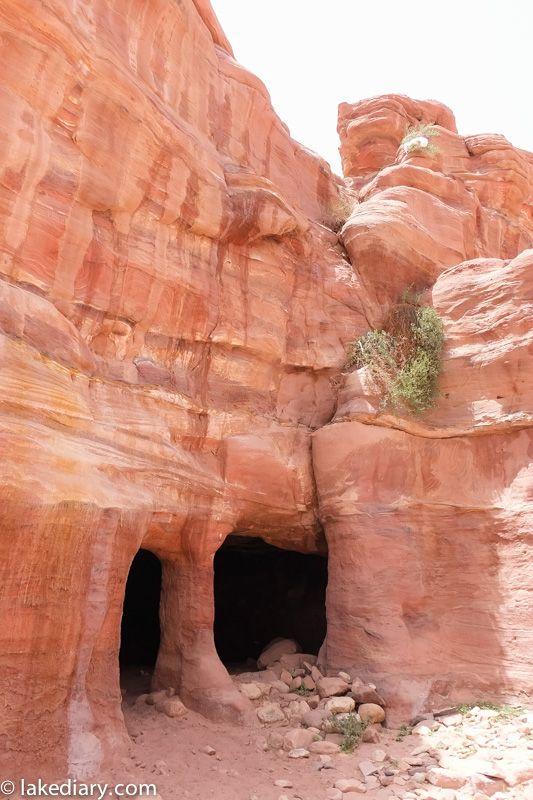


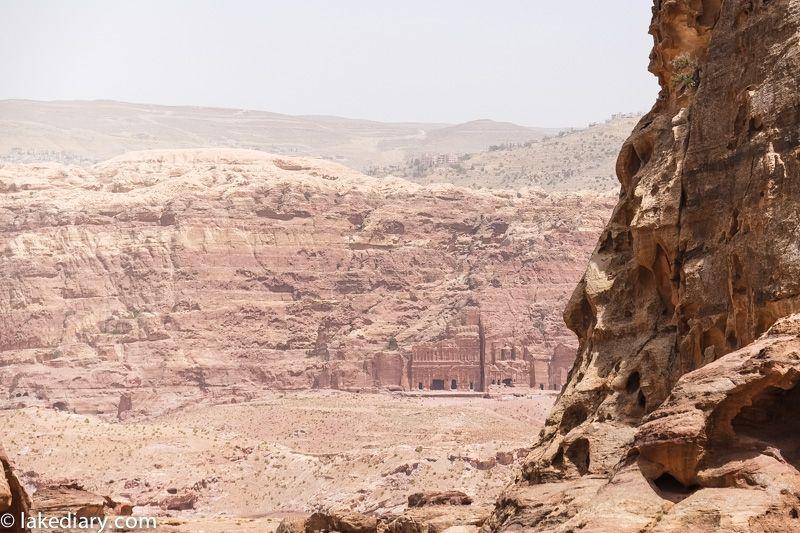
But the top was nowhere near in sight. I kept climbing, climbing and climbing. After weeks of touring and hiking before visiting Petra, my body started to feel the pain. I started to doubt if I’d ever got to the top in such short period of time. “Don’t give up just yet.” I kept telling myself but my pace was slower and slower.
At last I sat down on the side of the road, sweating and panting with my tongue sticking out like a dog. “You’ll get there.” “Only another 15 minutes.” “It’s totally worth it.” People passing by on the way down encouraged me sympathetically. “Be patient and calm down. There’s still time.” I too, tried to encourage myself though I was totally exhausted and wanted to give up. March on!
On Top Of The Mountains!
At last, I saw all the mountains behind me and there’s a cafe on top of the mountains near the Monastery.

It was cool and breezing on the top. I breathed deeply feeling the joy filled my heart. It felt unreal. The views form nearby mountain tops are amazing. You can get a good view of the Treasury from the top.

The monastery looks similar to the Treasury but much bigger in size. V

Can you see the little in green top behind me? That’s how small a person looks compared to the Monastery. I couldn’t help but wonder, how did they make it over a thousand years ago without any modern tools?
On The Way Back
It was time to rush downhills to meet my driver! Luckily it was so much easier walking downhills. It didn’t take me long to reach the Basil yard down the valley. And this time I wasn’t confused about which way to go. Obviously I was the only headed that direction and many people yelled at me “Turn back, Turn back! That way back to the visitors centre was on the other side!” But I carried on without turning because the secret entrance was the my destination, not the visitors centre. Some donkey owners chased me to offer me a donkey ride back to Treasury but I marked on without stopping.
Soon I was left alone on the road again. The long, steep journey climbing up to the secret entrance! I wished there was a donkey, horse, camel or something. It was 2pm, time to meet the driver at the entrance on top but the road ahead was so steep. I started to feel powerless and desperate.
All of a sudden, someone yelled at me from behind, “Do you want a ride?” A bedouin with a donkey! I was no longer alone!
“Not really. I’m scared of donkey ride.” I was telling the truth.
“It’s not a donkey. It’s a mule. I’ll take you to the gate.”
Looking at the animal I couldn’t tell what it was. It did look a little taller and stronger than a donkey. No matter a donkey or a mule, it was God sent. I only had strength left to climb up the donkey/mule. What a wonderful 15 minutes ride! I felt rested and slightly relieved.
Meet the Donkey/Mule?
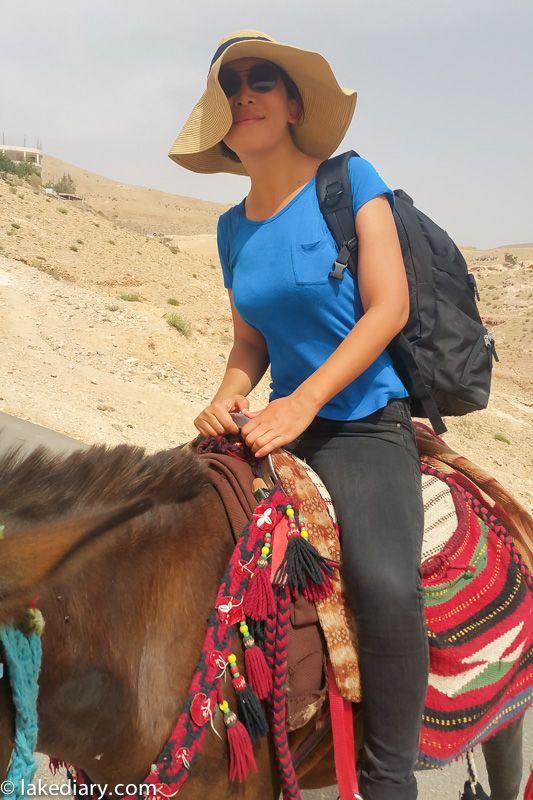
Tell me, is it a donkey or a mule?
The bedouin dropped me off about 200 metres away from the gate. And I rushed up to find my driver. As I approached the gate, I saw the driver coming my way too. So everything worked out alright!
How to enjoy the climb to Petra Monastery
It was an enjoyable experience to climb up to Petra Monastery and totally worth the effort.
Be mentally prepared
Firstly be mindful that it’ll be a long climb up. Some people like me even felt a little bored in the middle of the journey. So just be patient, you get there eventually. In the mean time, admire the views!
Take your time to do it
Don’t rush it. I rushed and stressed because I only made the decision to go in the last minute. Take your time to climb and take a few stops to rest.
Rest well before trekking up Petra Monastery
The climb itself is not hard to do, even for a someone who’s not fit. But to enjoy the journey more, you must take care of your body before the climb.
Drink plenty of water
Make sure you drink plenty of water before and during the trip before feeling too hot and dehydrated.
Is it safe to do it alone?
The answer is Yes! I’ve seen lots of single travellers during my trip to Petra. Though there wasn’t anyone else trekking to the Monastery from the secret entrance that day, I was totally safe doing alone. There might be a lot people trying to make more money out of you but the chance of you getting killed in Petra Jordan is extremely slim. 🙂


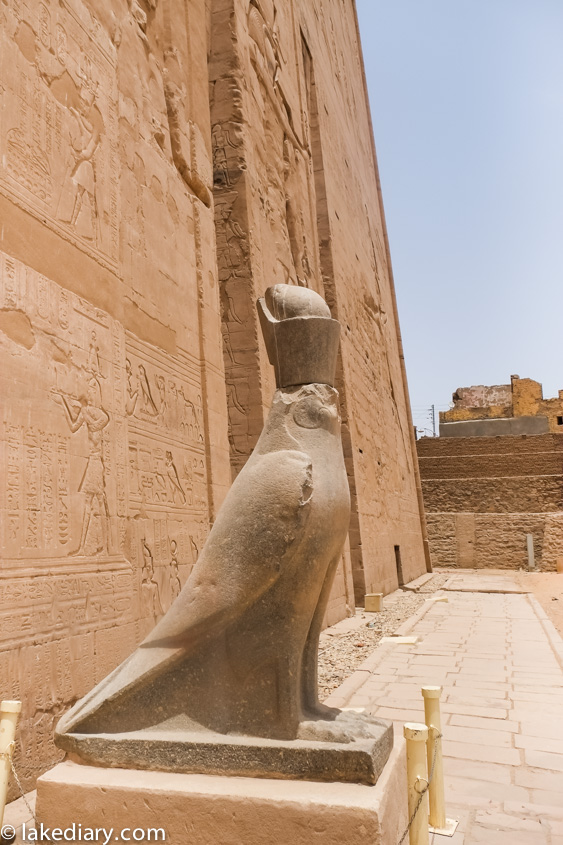

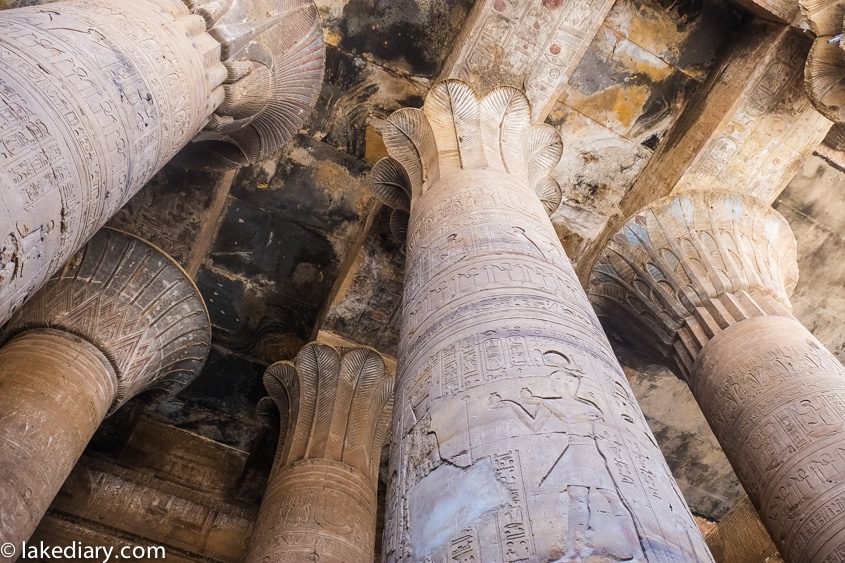
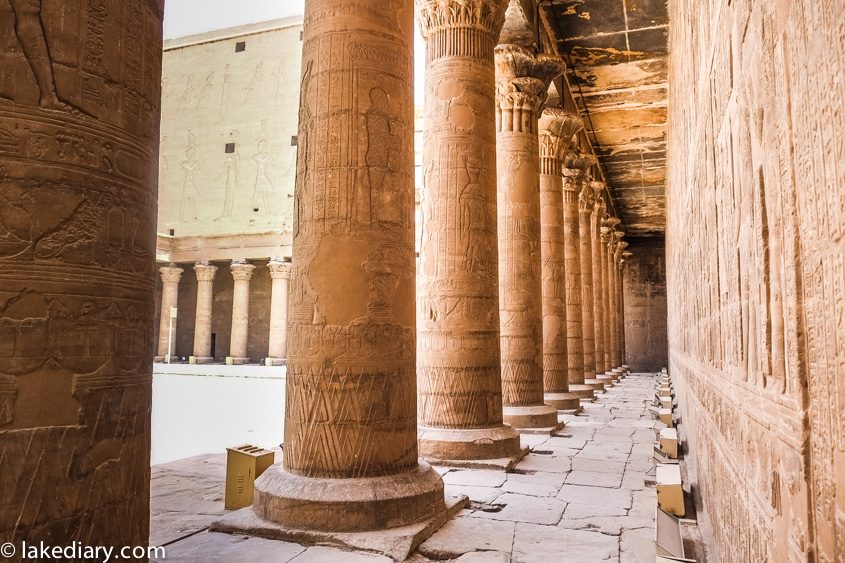
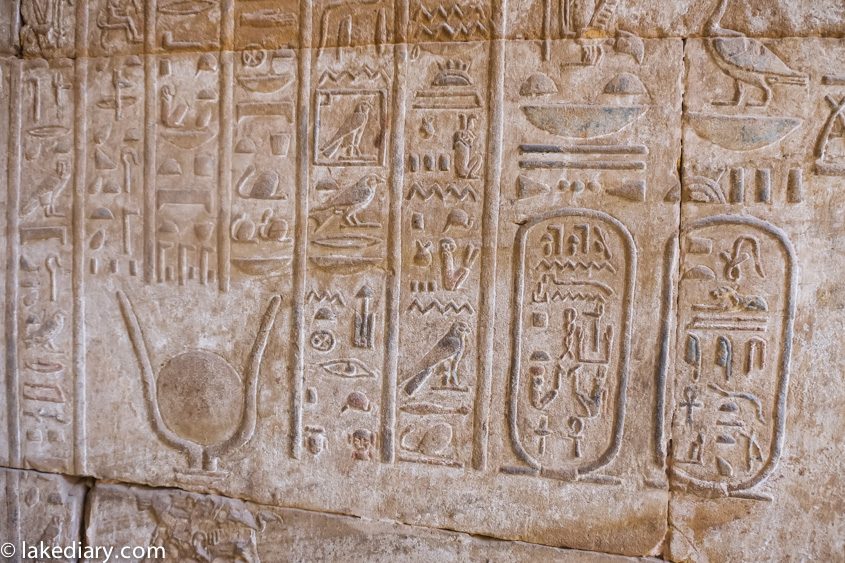
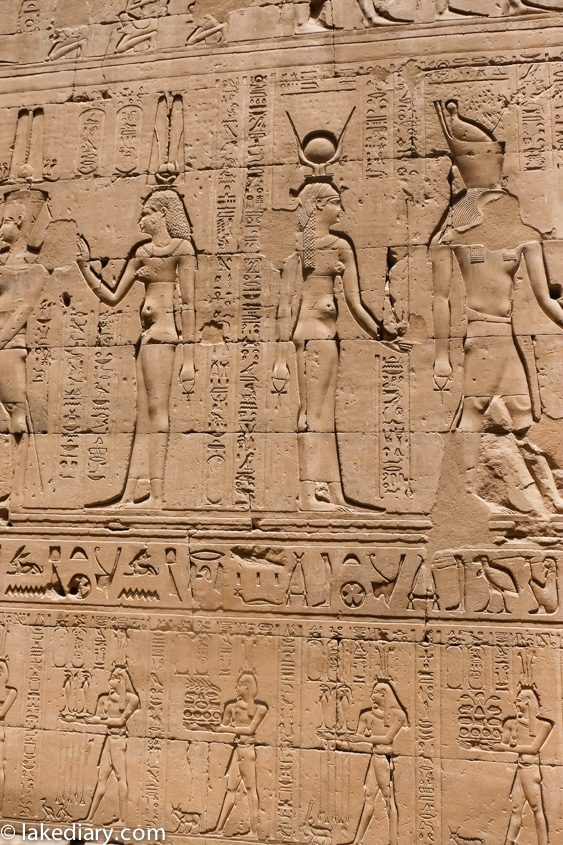
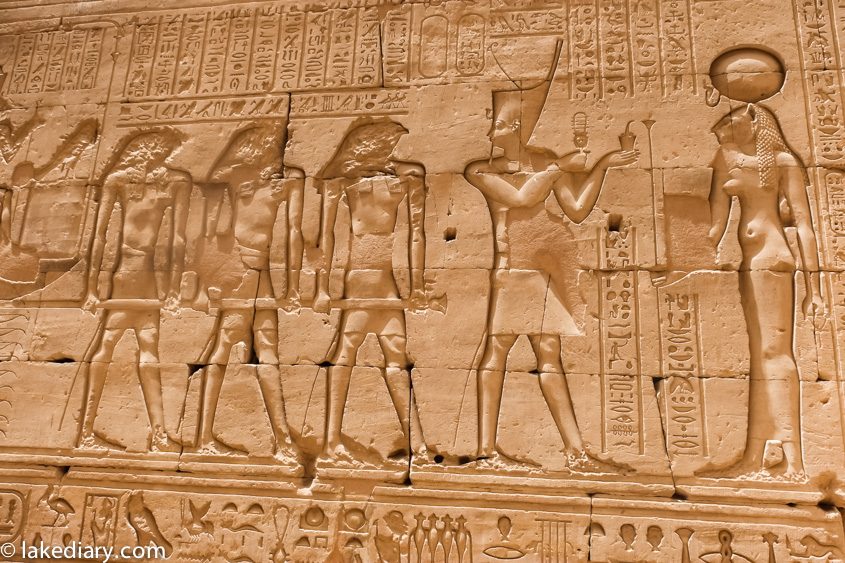
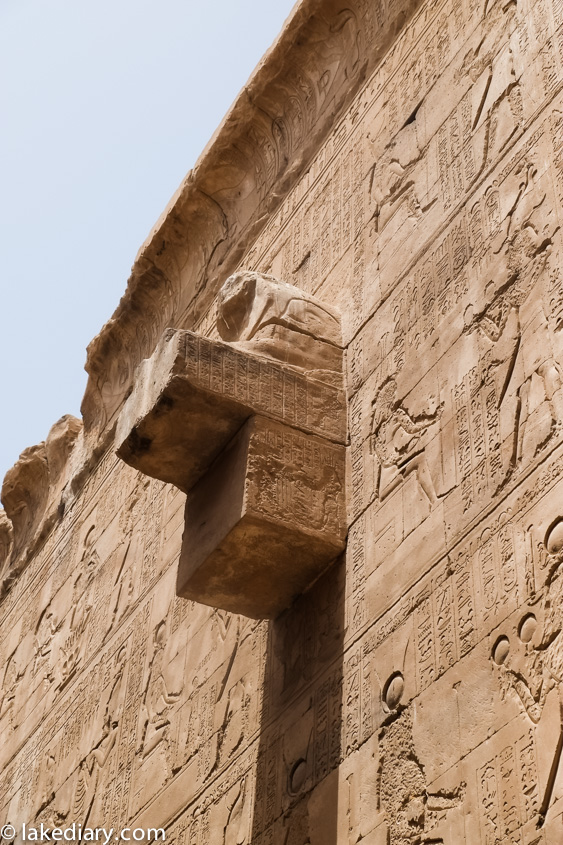
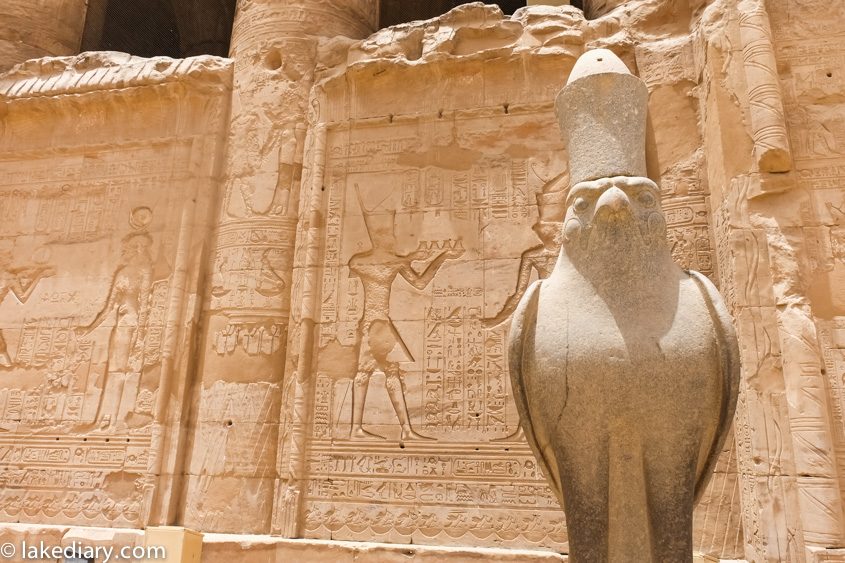

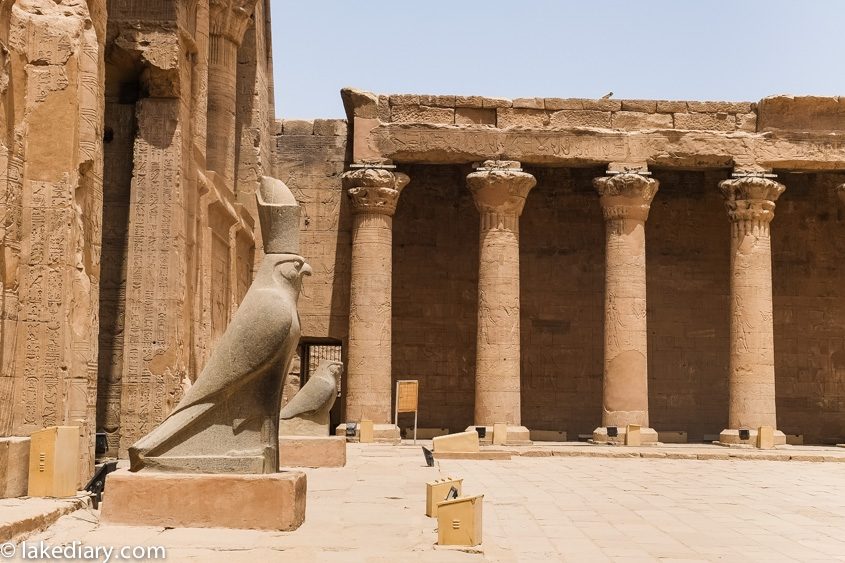
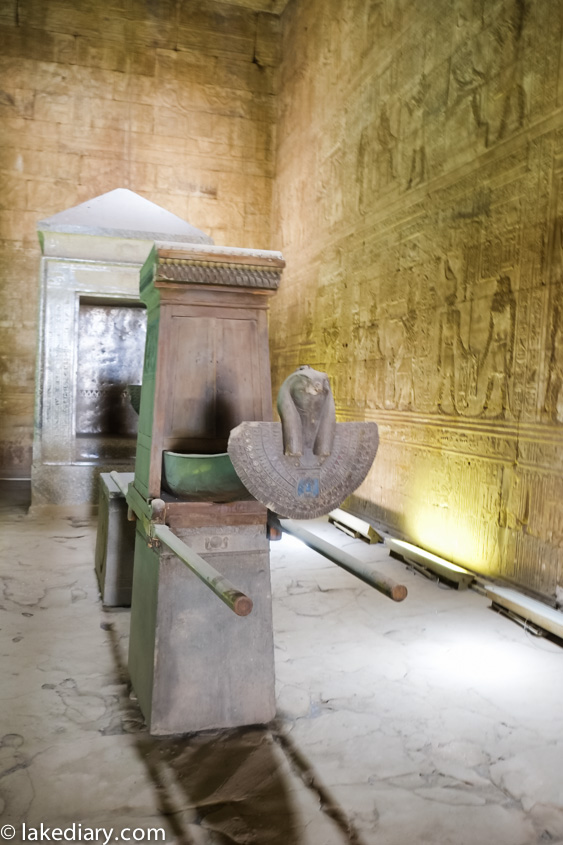
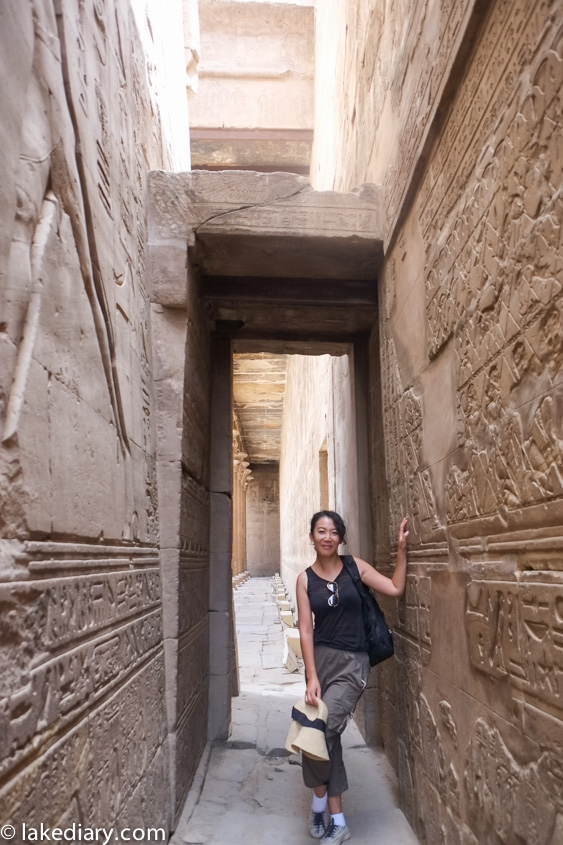

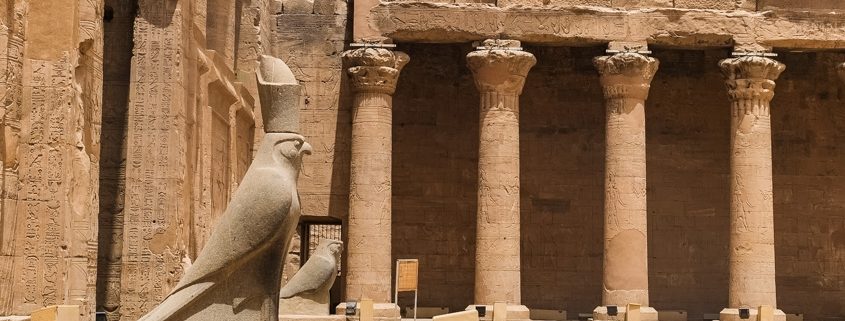




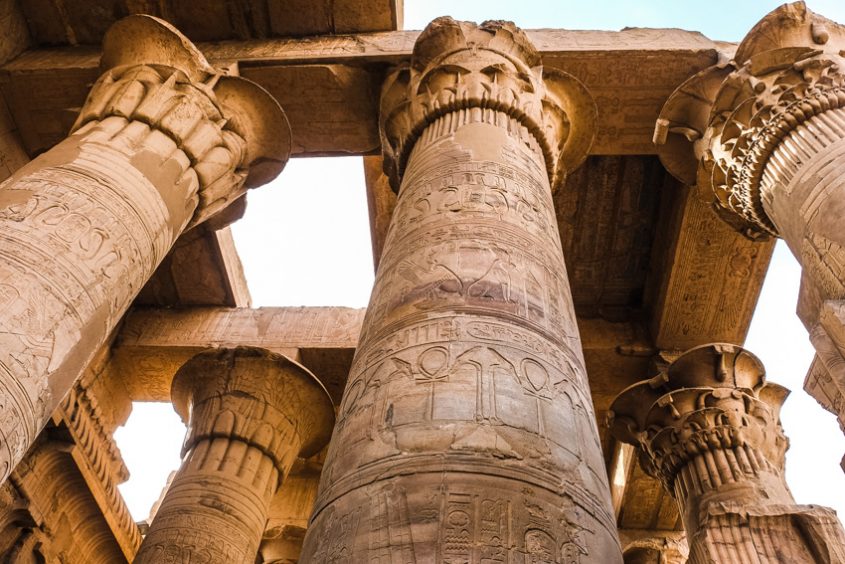











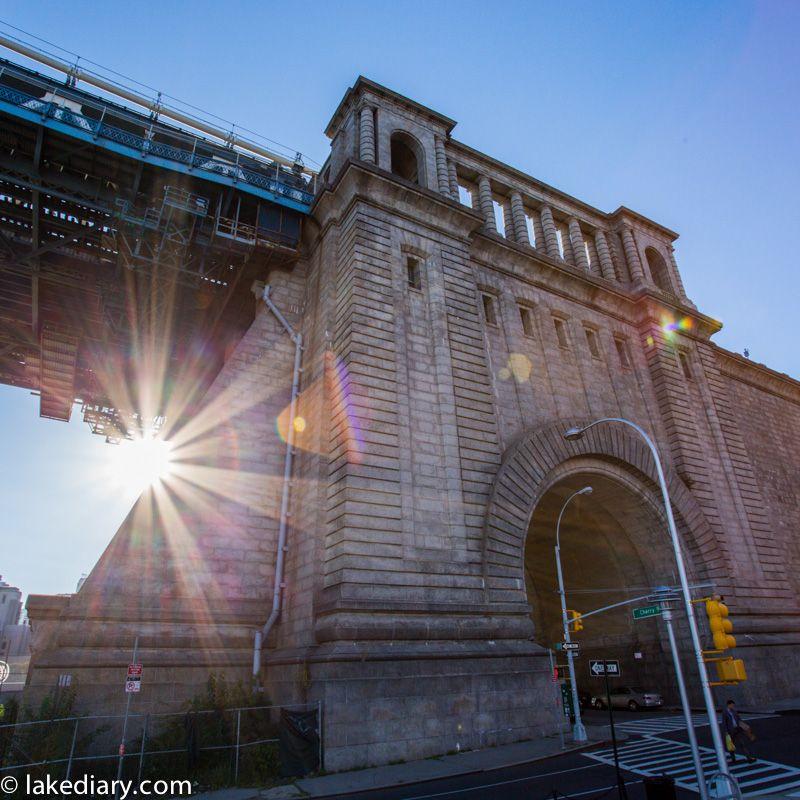

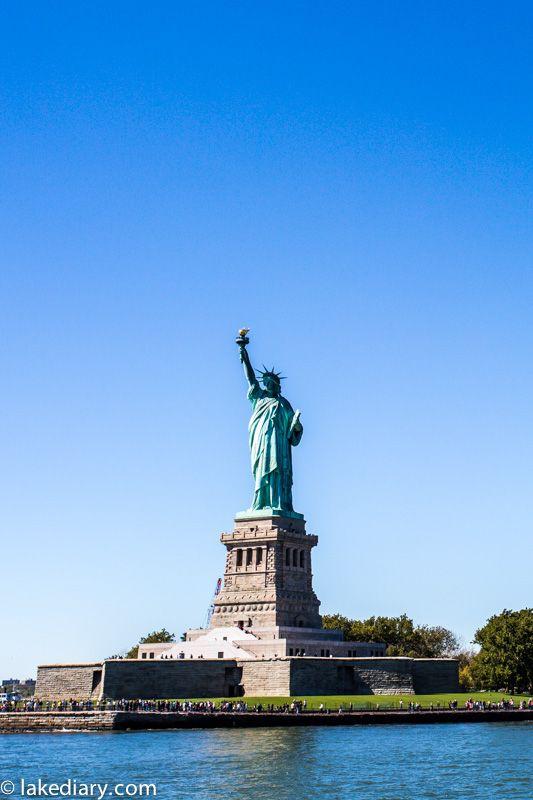
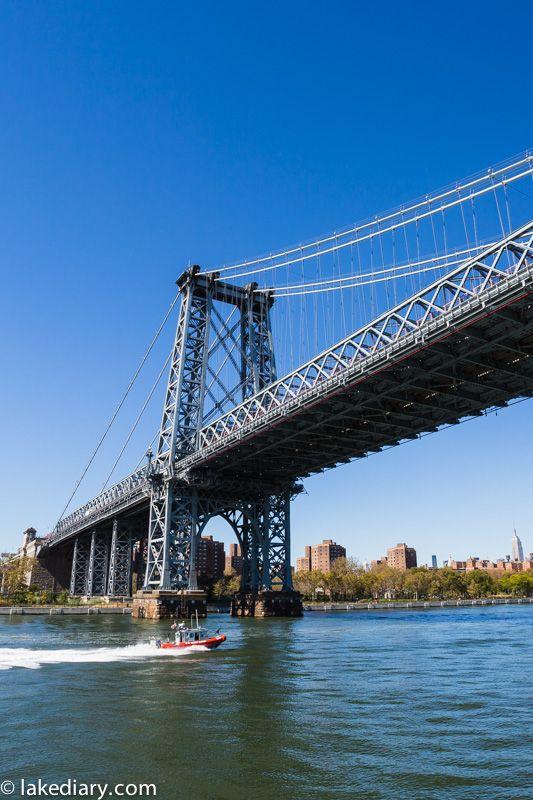
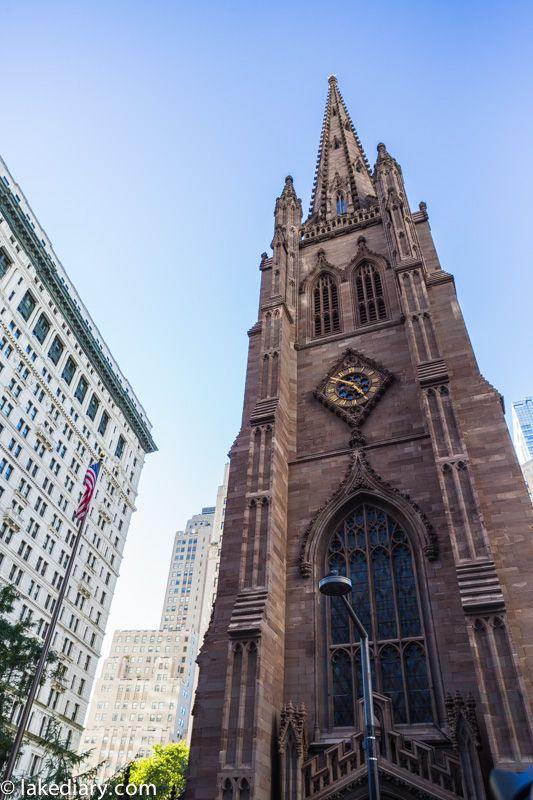
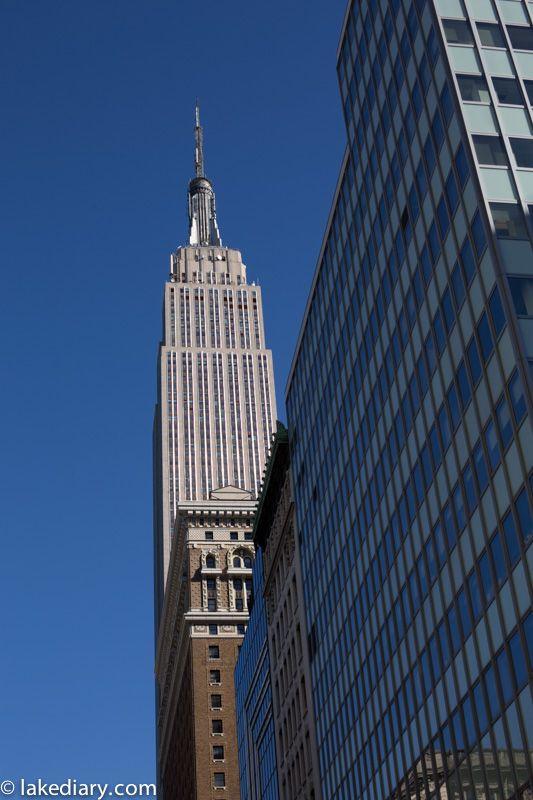

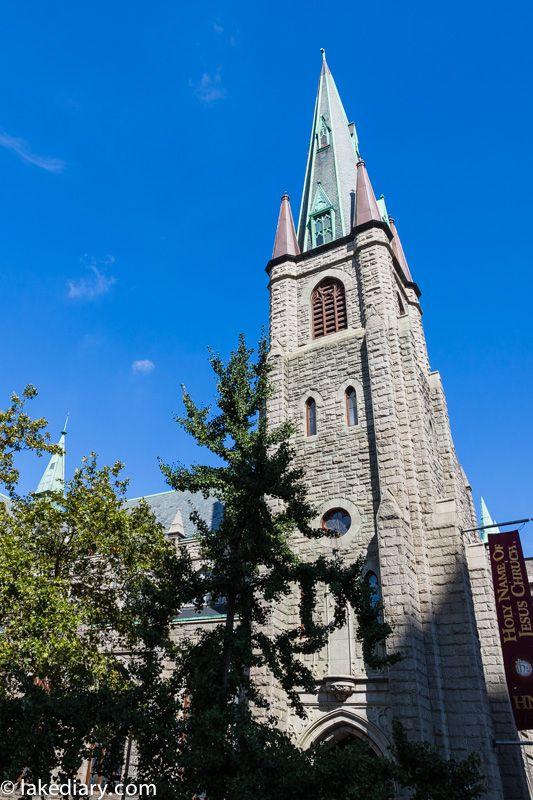
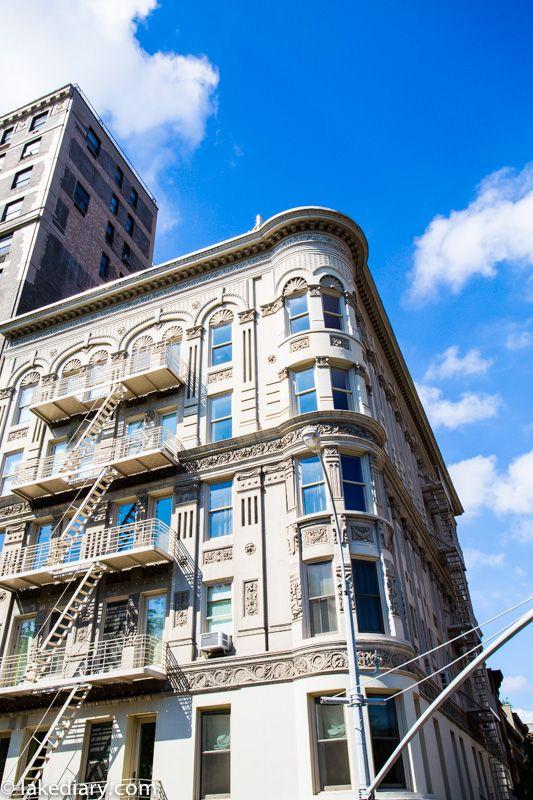
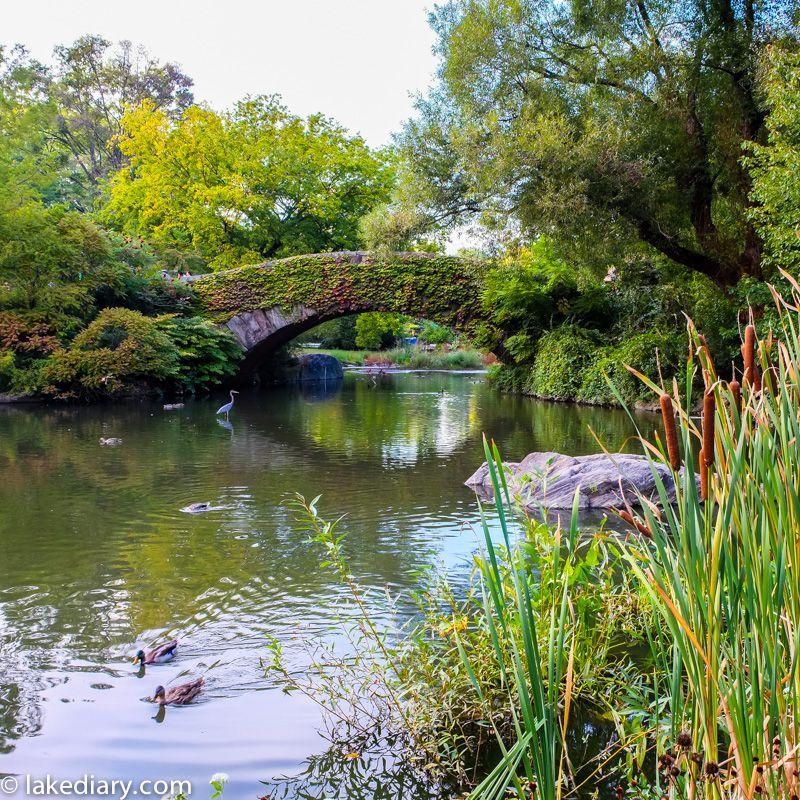
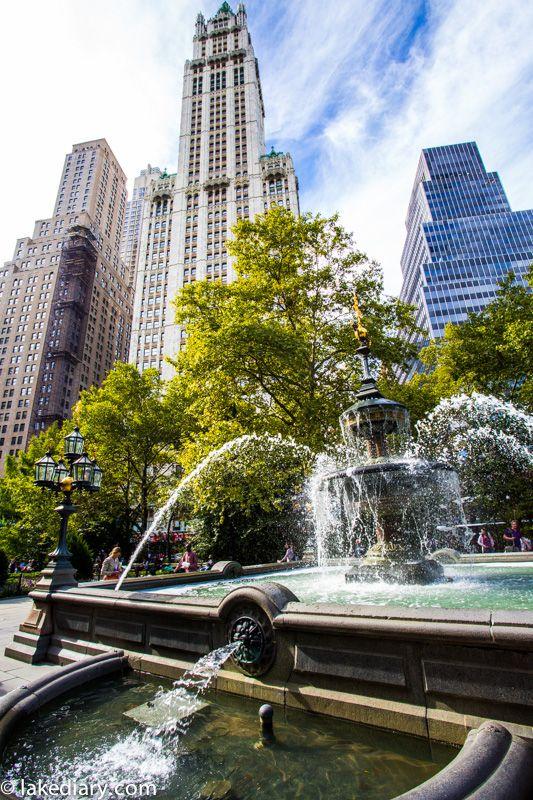

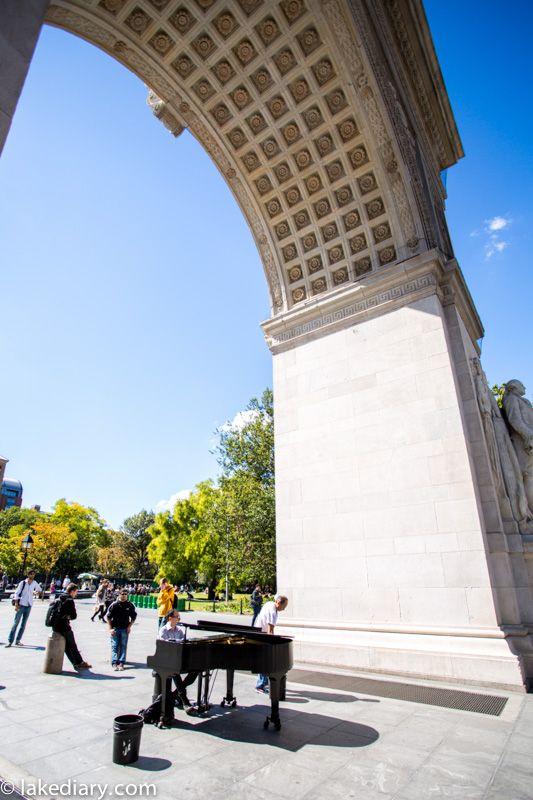

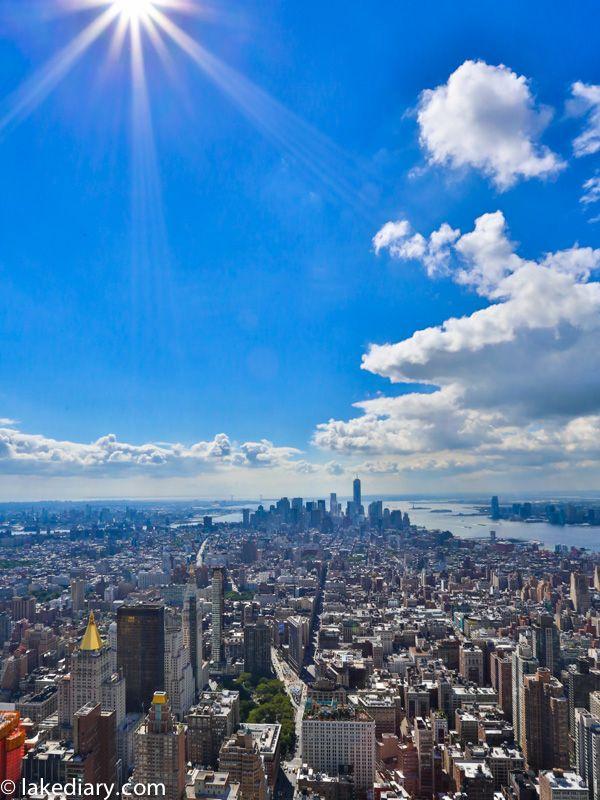


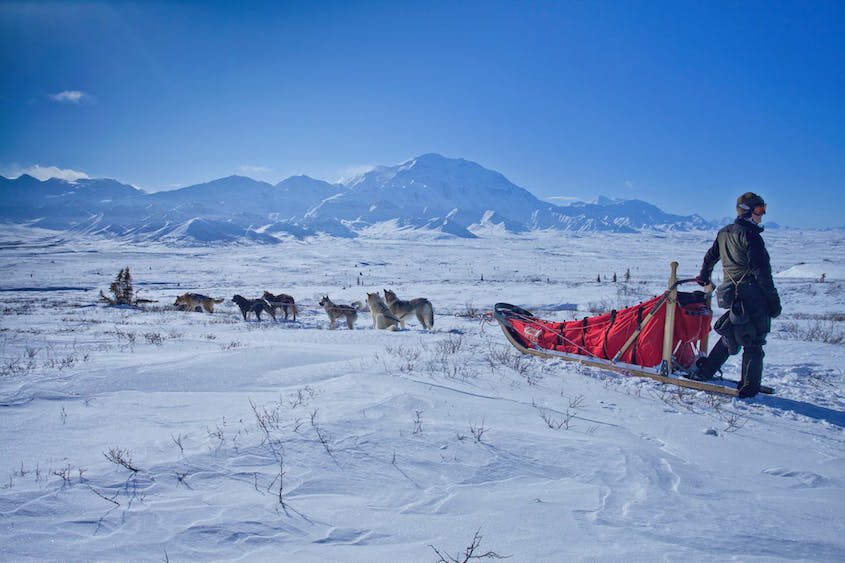

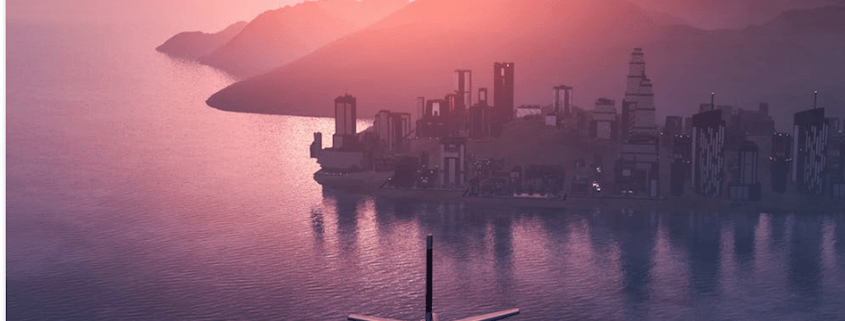

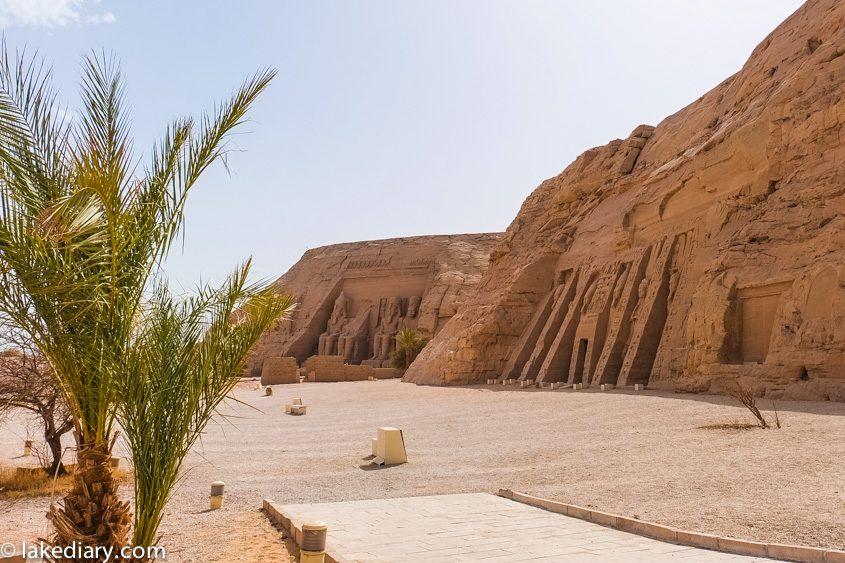





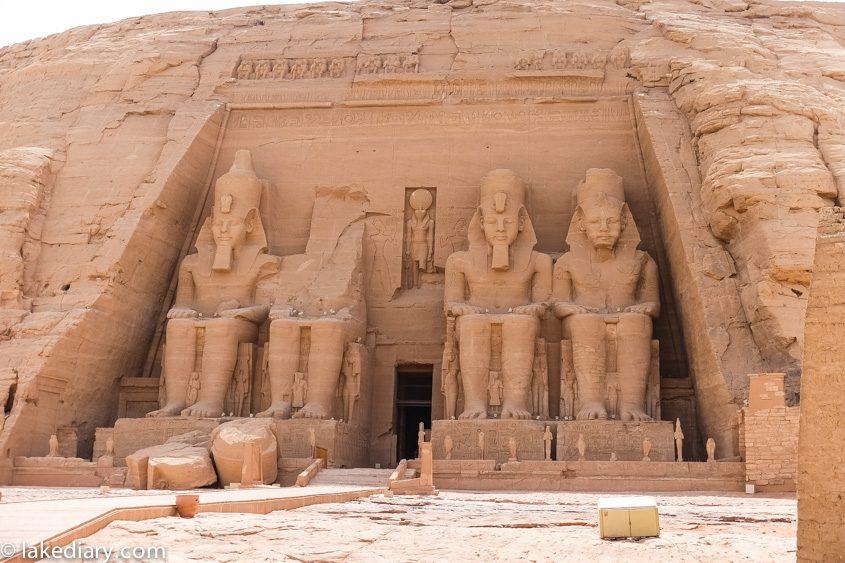




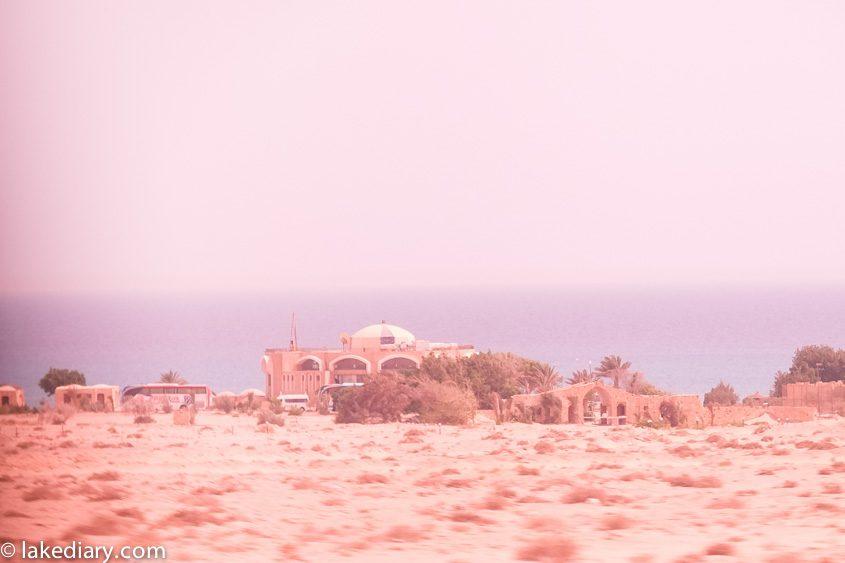
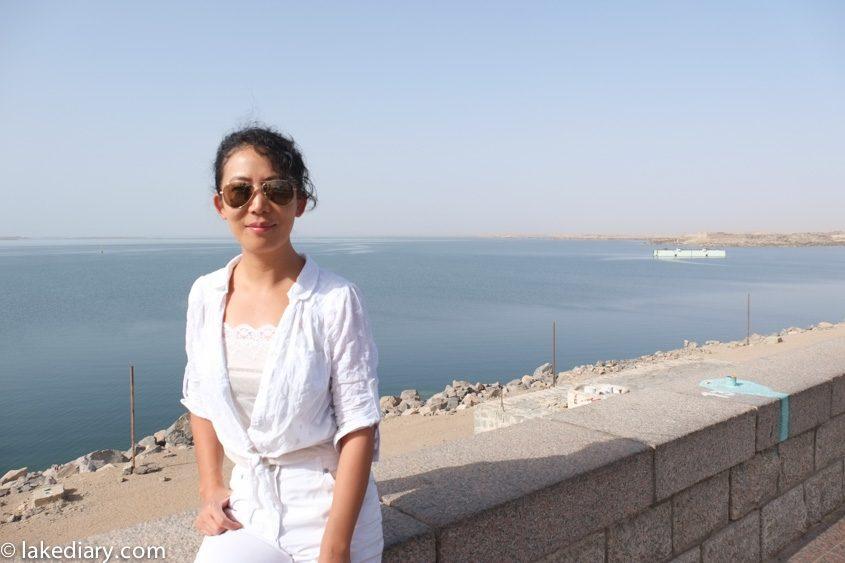
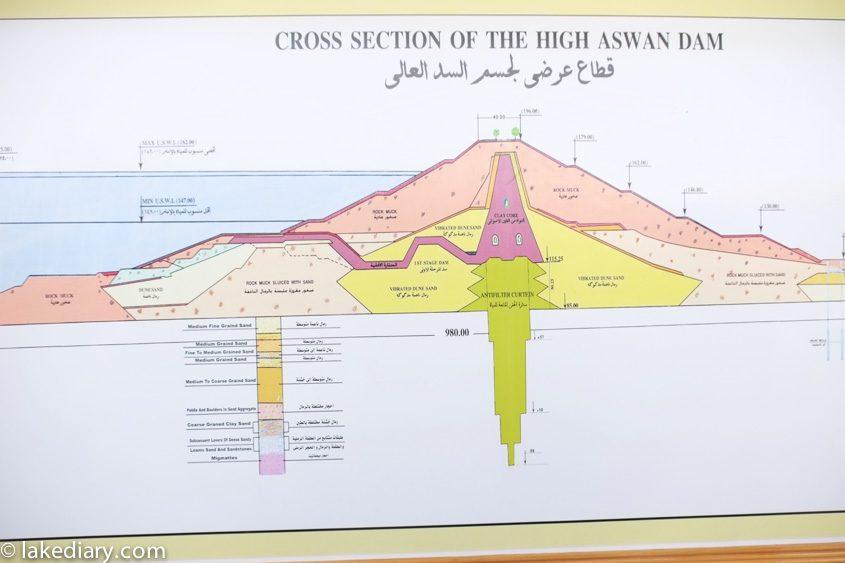
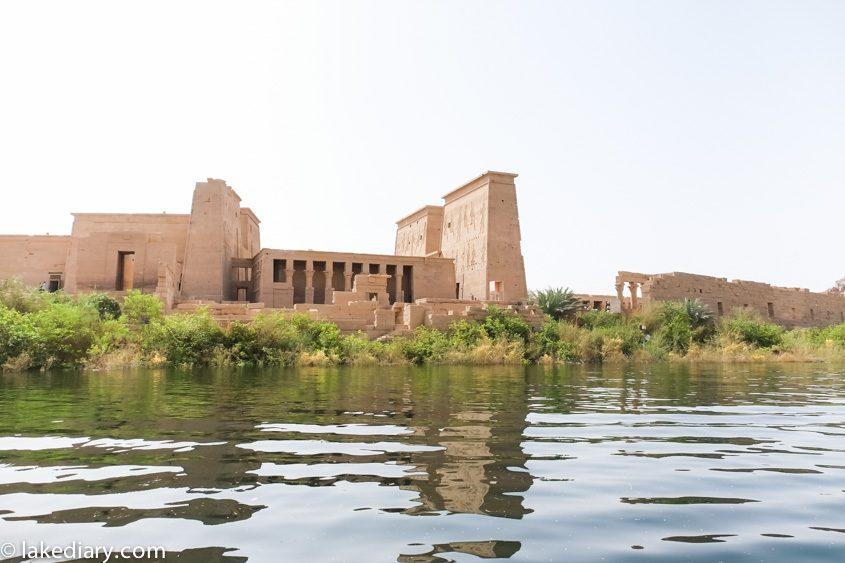
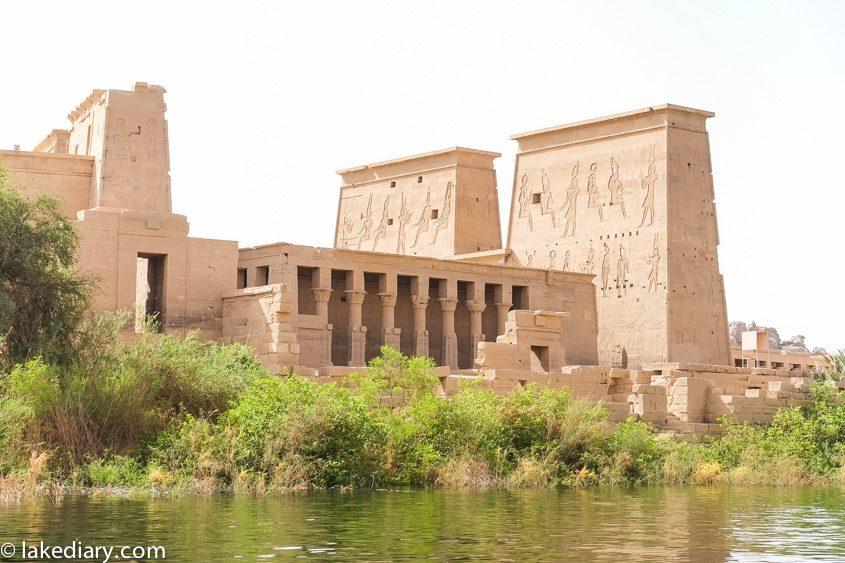
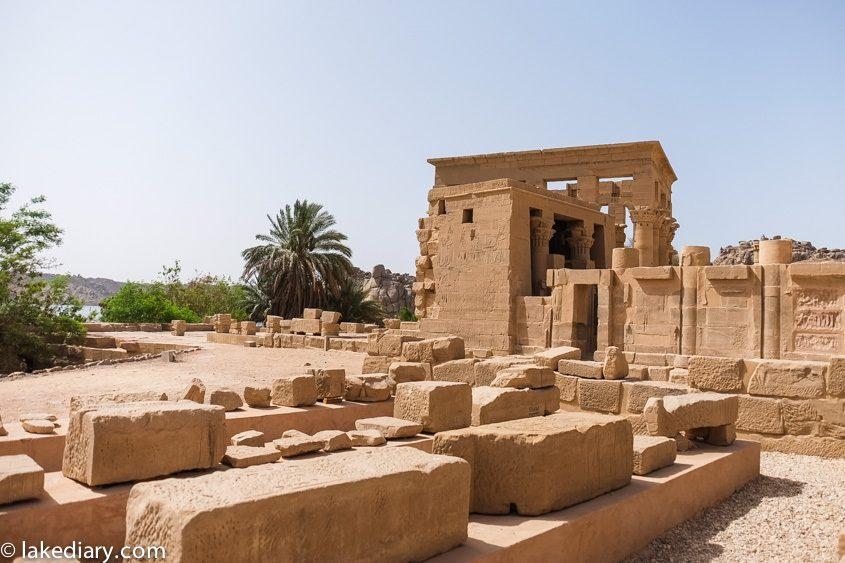
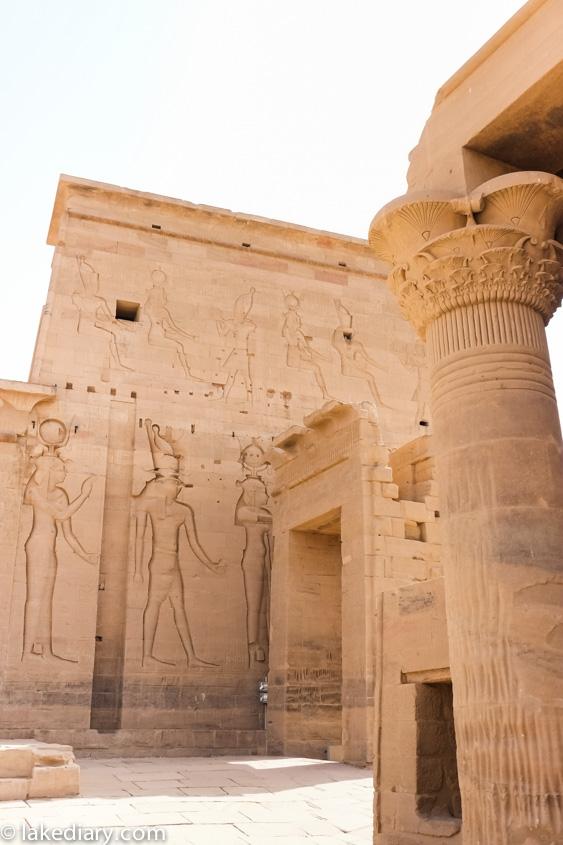
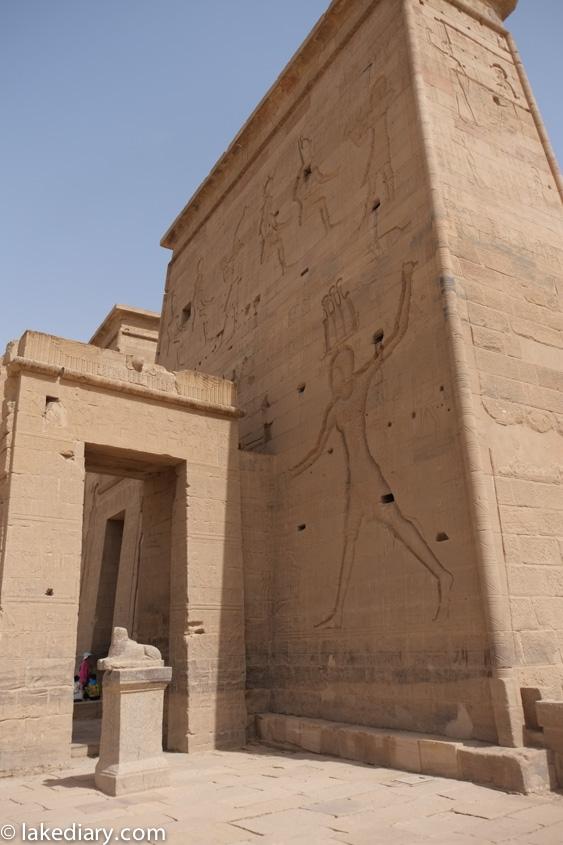
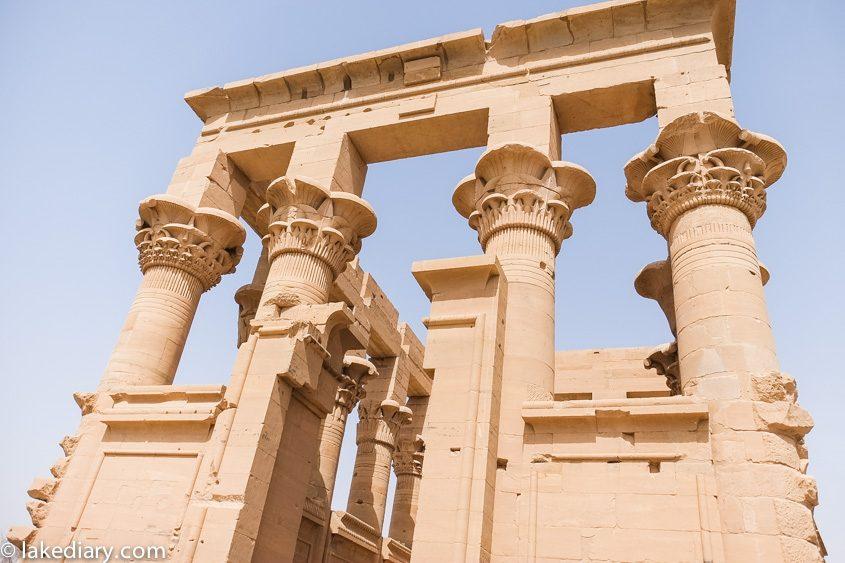
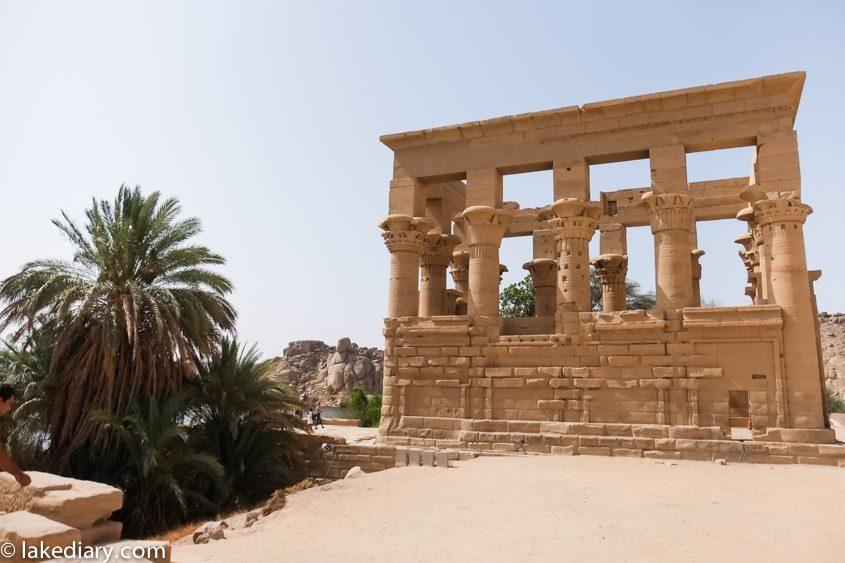
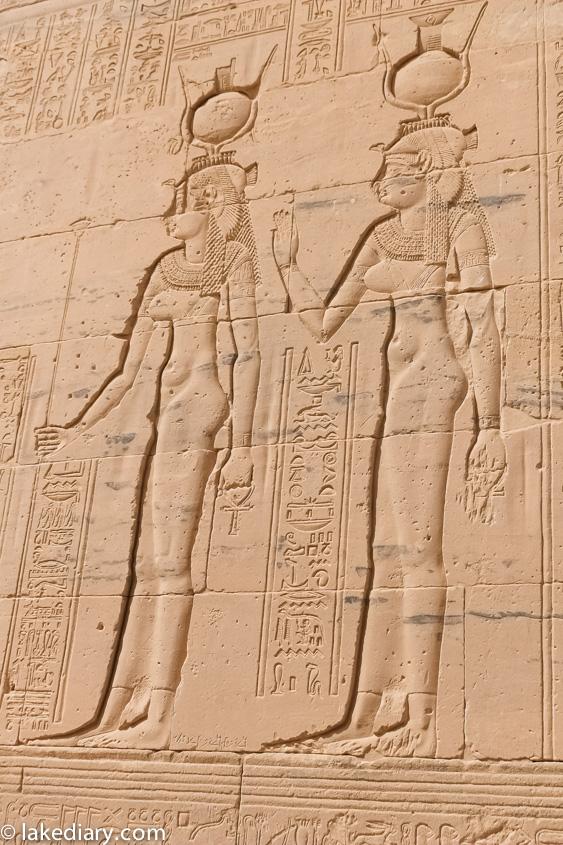
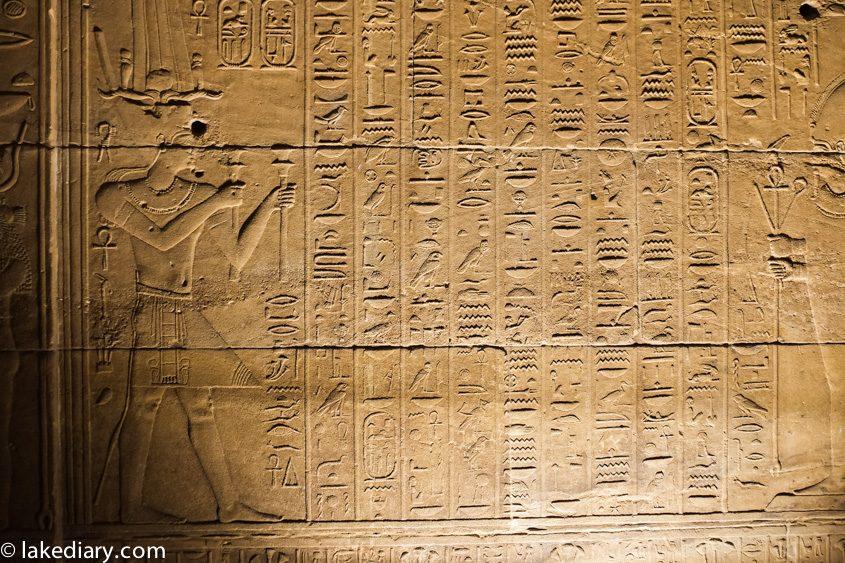
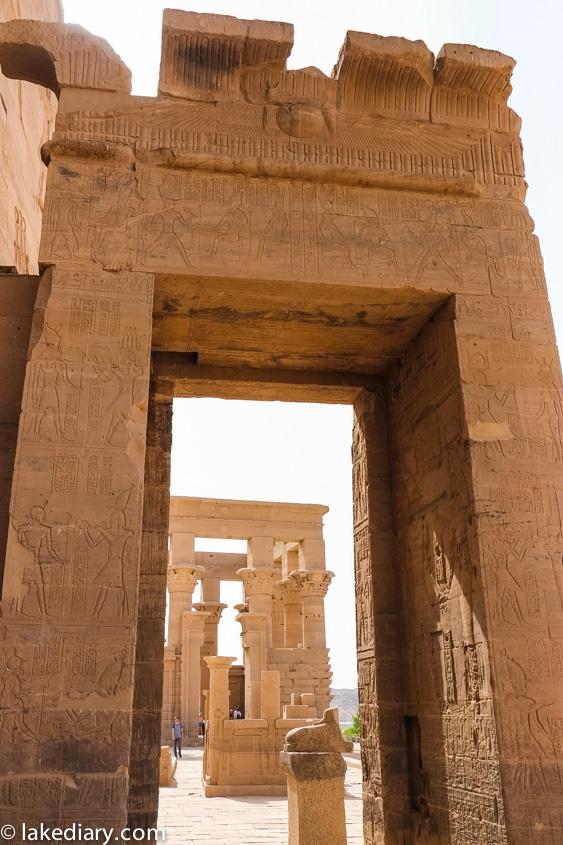
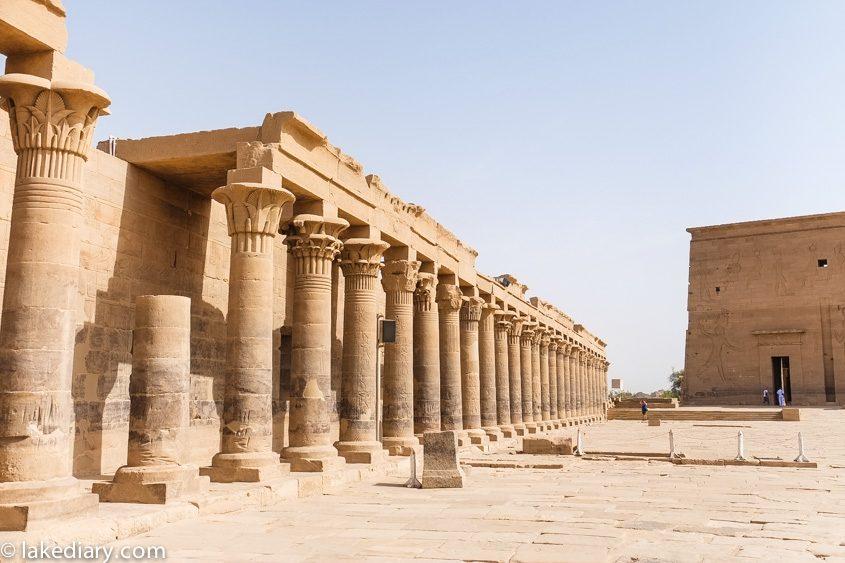

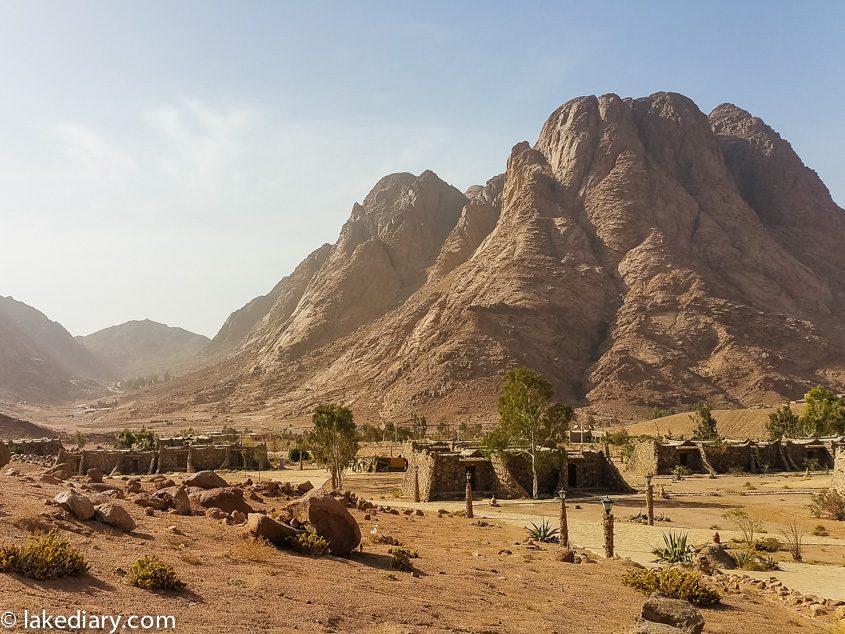
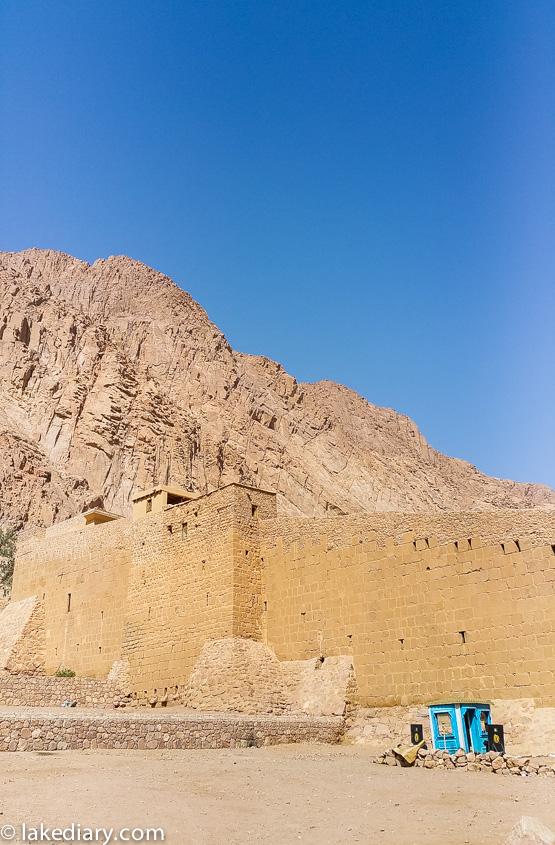


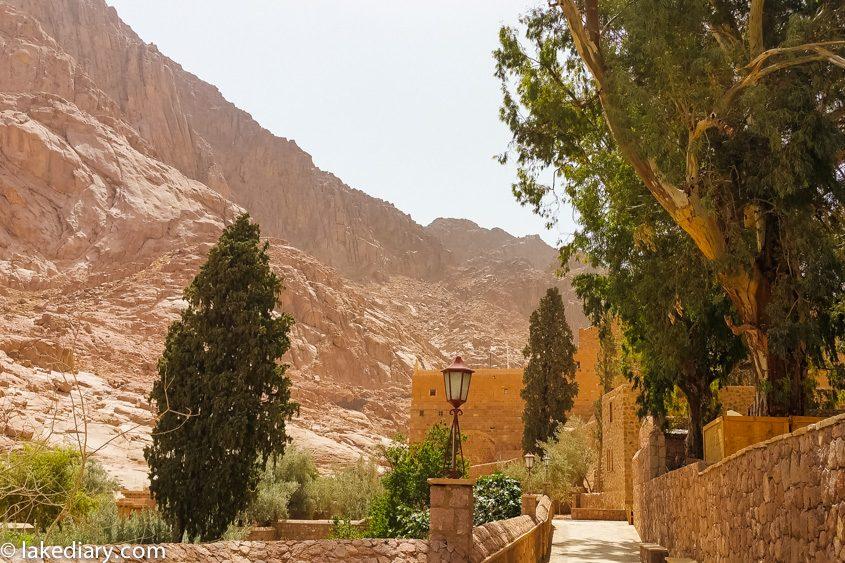

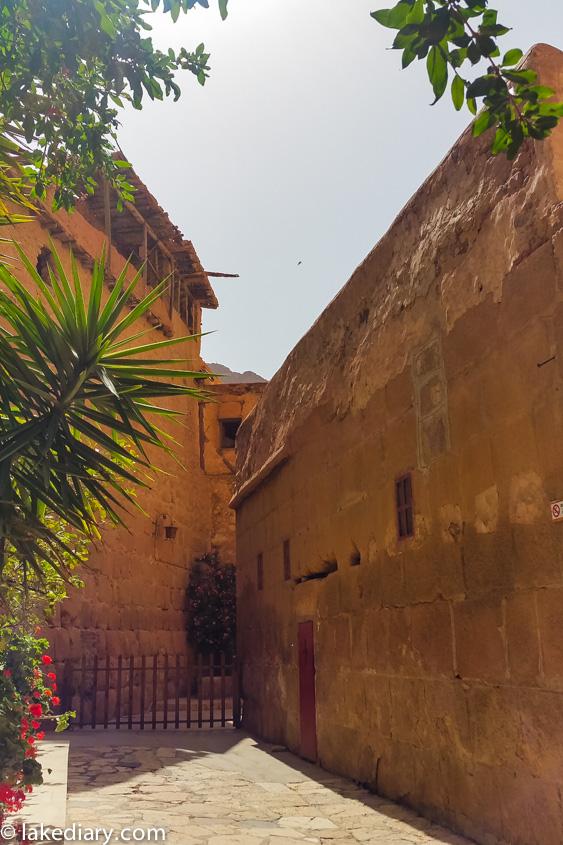



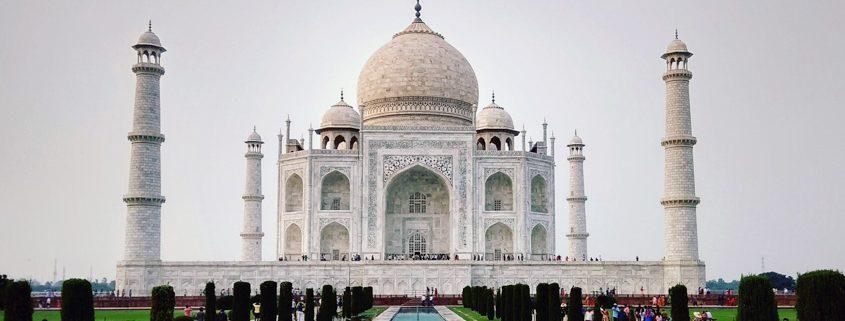
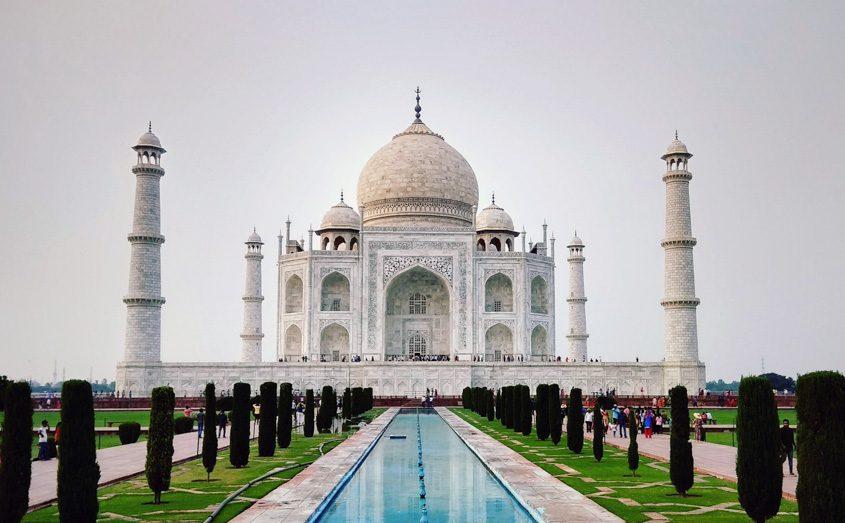




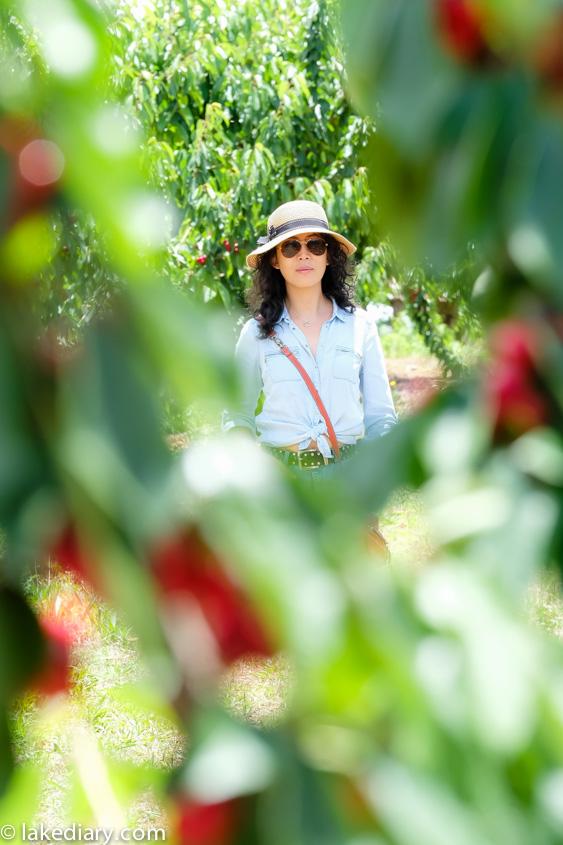

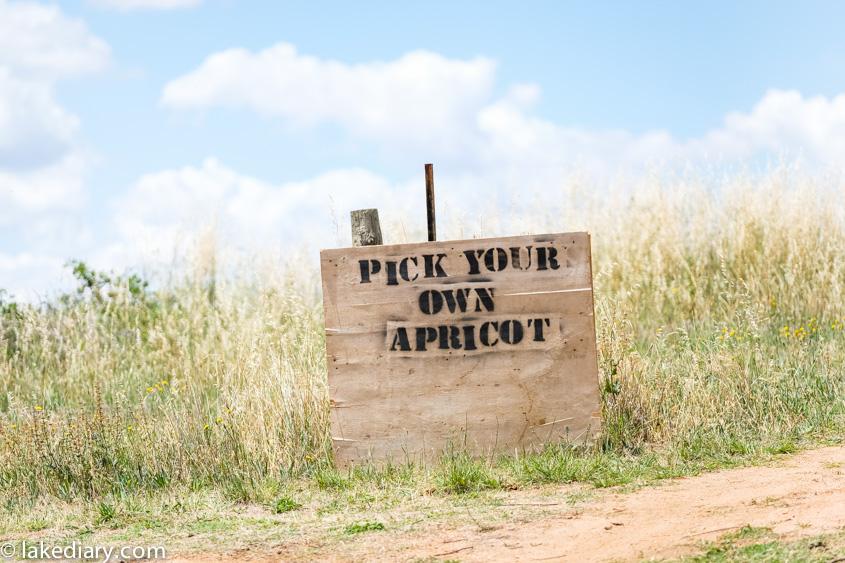







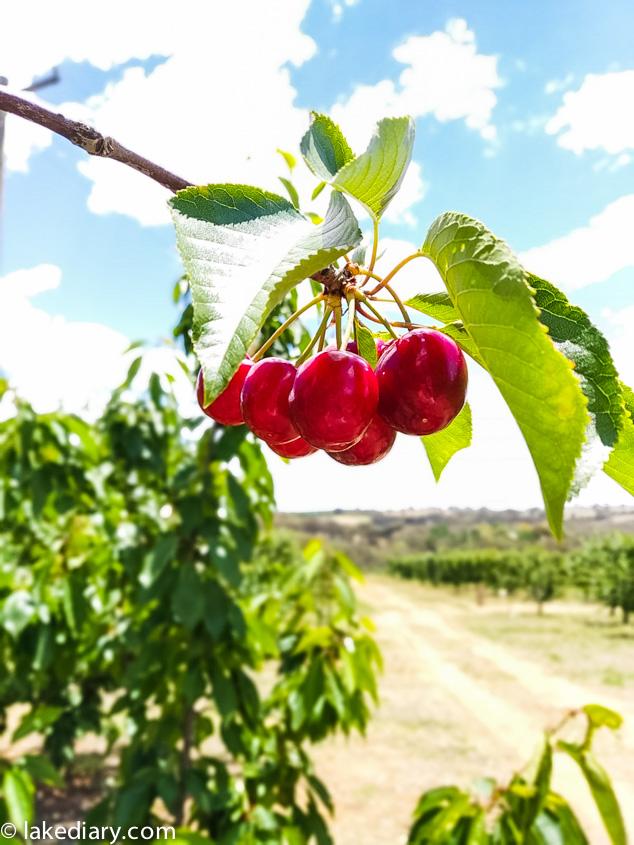
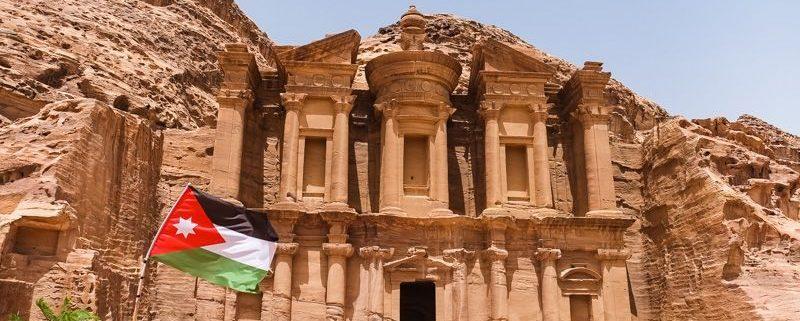

























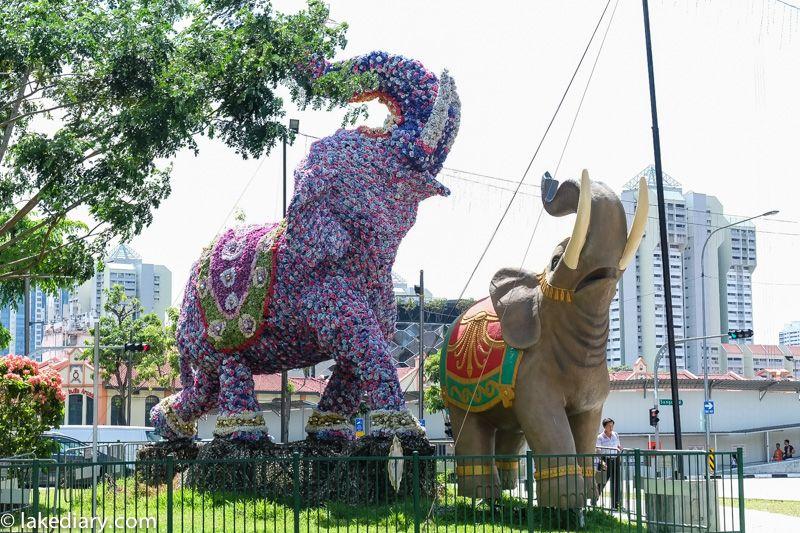




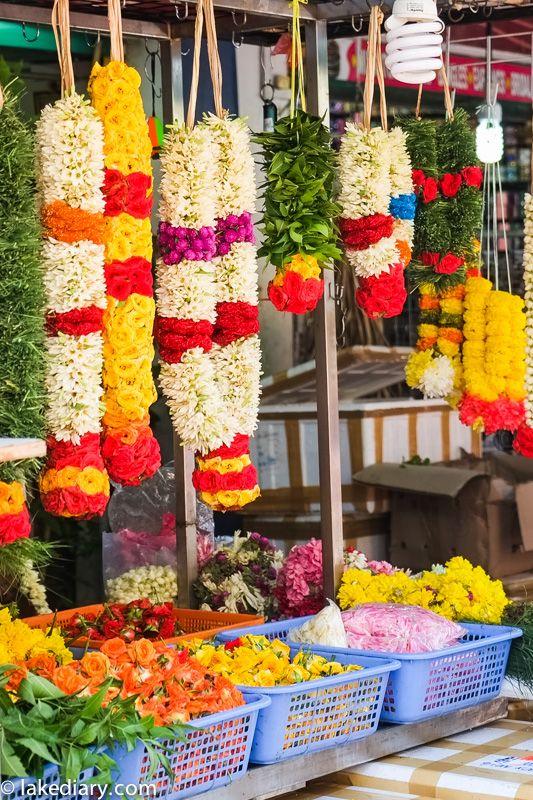

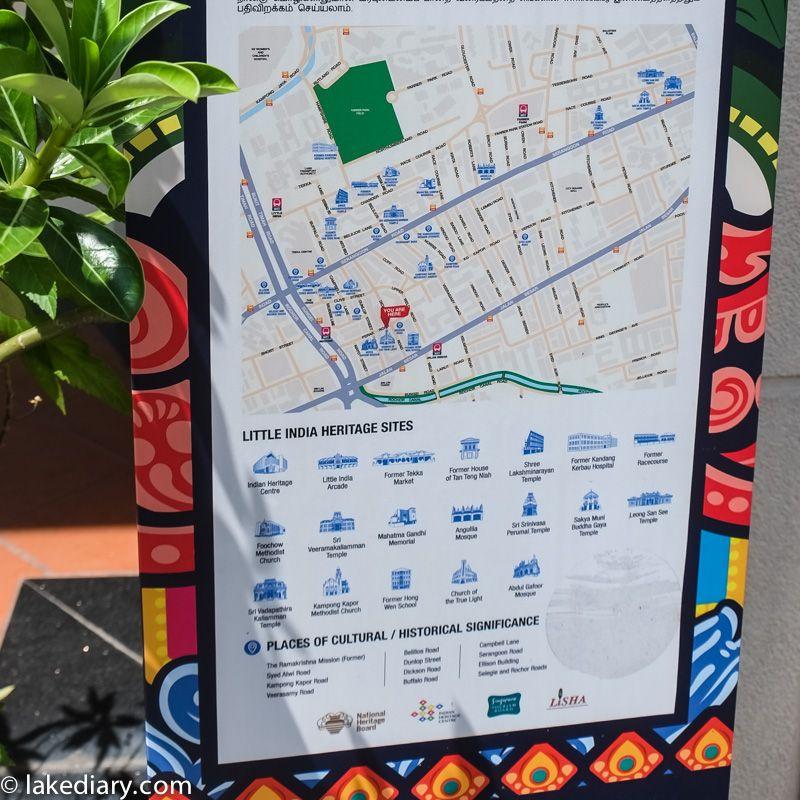
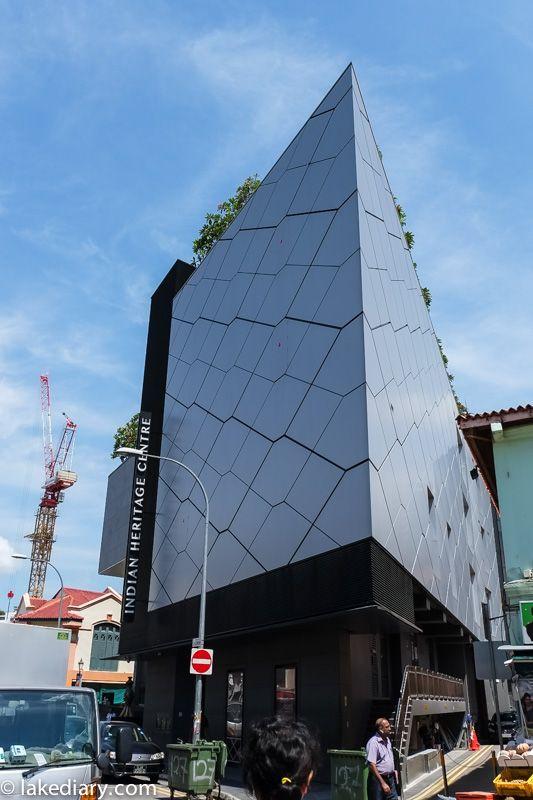
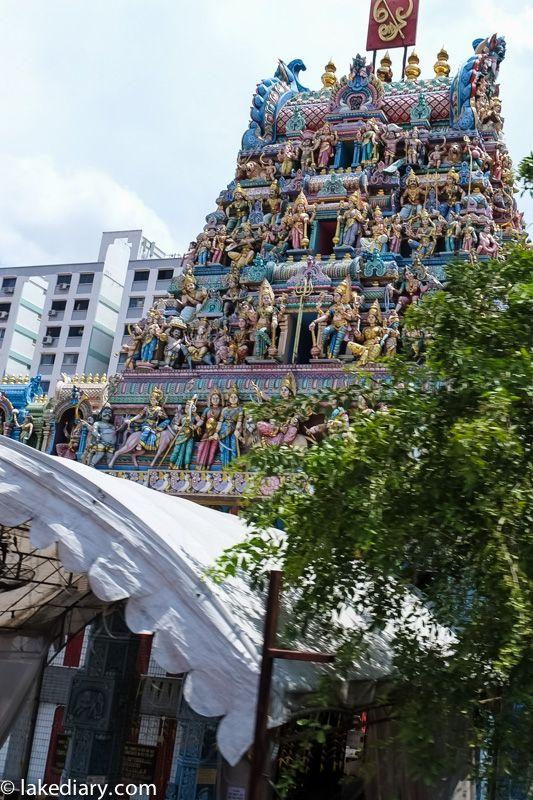
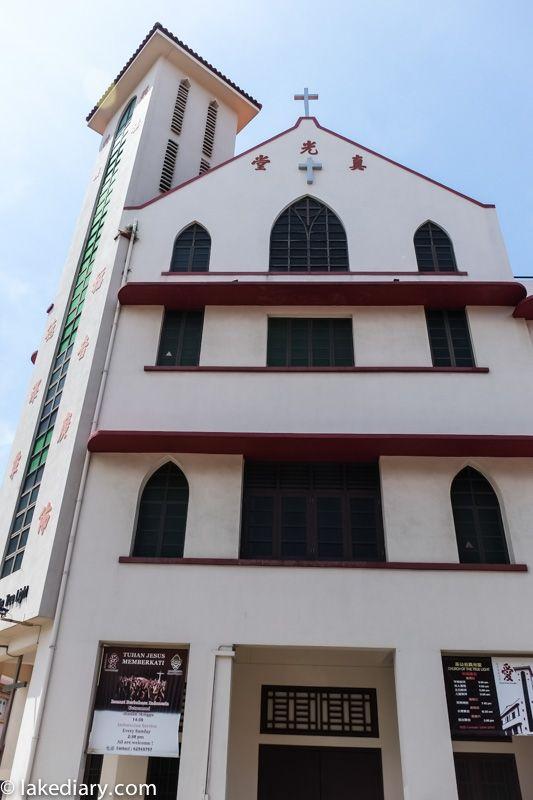
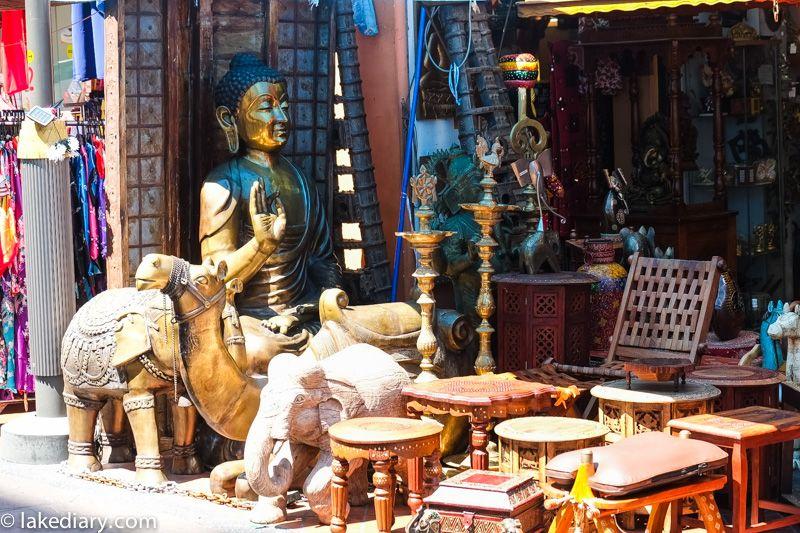

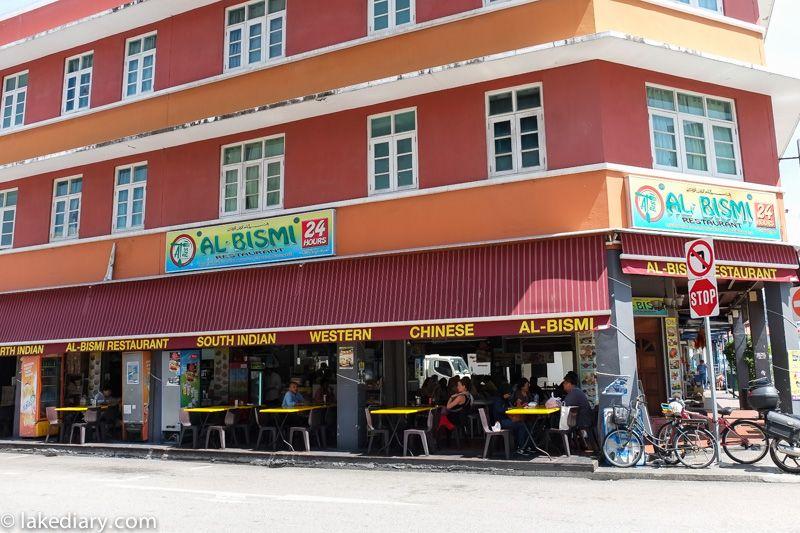
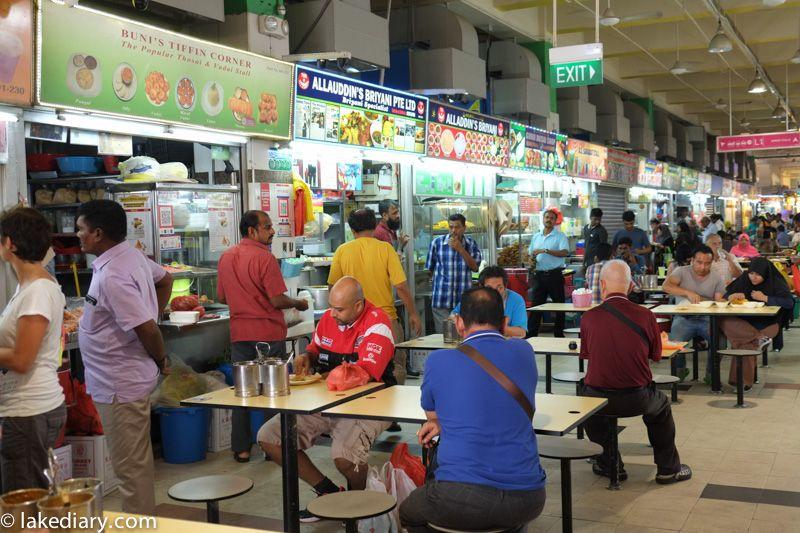
 Eventually I joined the queue of Ming Fa because among all food stalls, this stall seemed to be the most popular at the time and I always love a big bowl of hot noodle soup. There are different types of noodles available showing in the cute tubs pictured below.
Eventually I joined the queue of Ming Fa because among all food stalls, this stall seemed to be the most popular at the time and I always love a big bowl of hot noodle soup. There are different types of noodles available showing in the cute tubs pictured below.